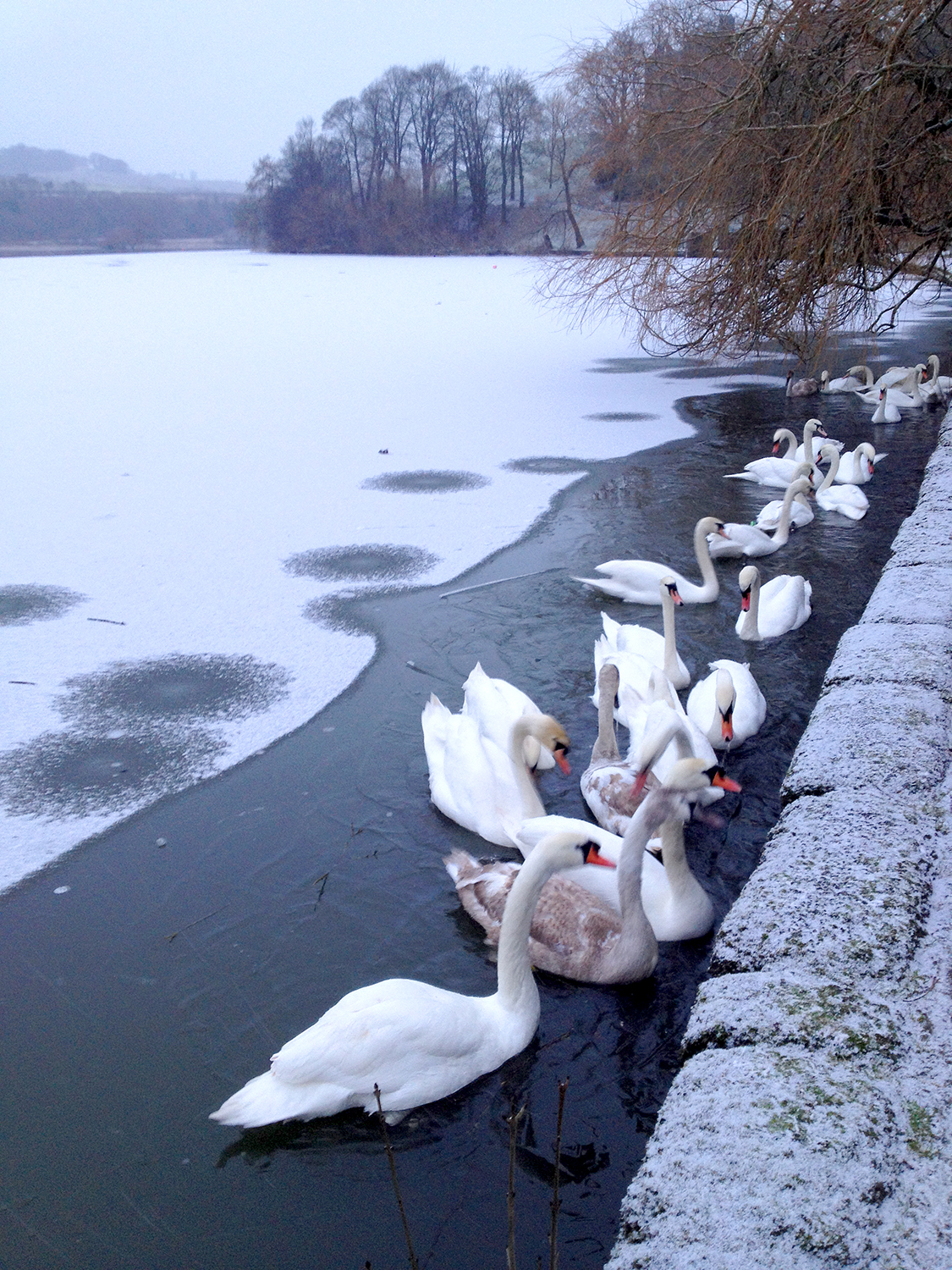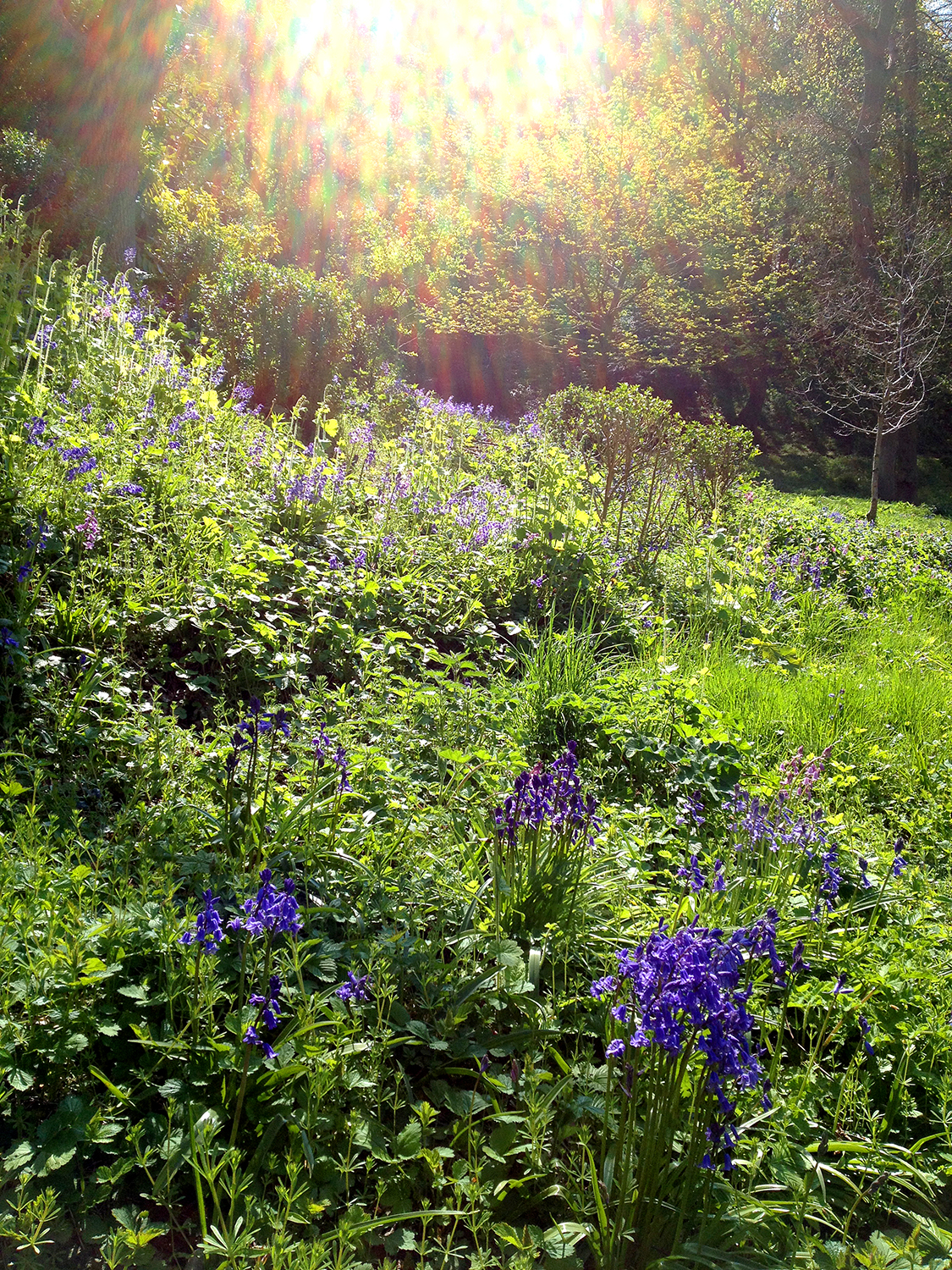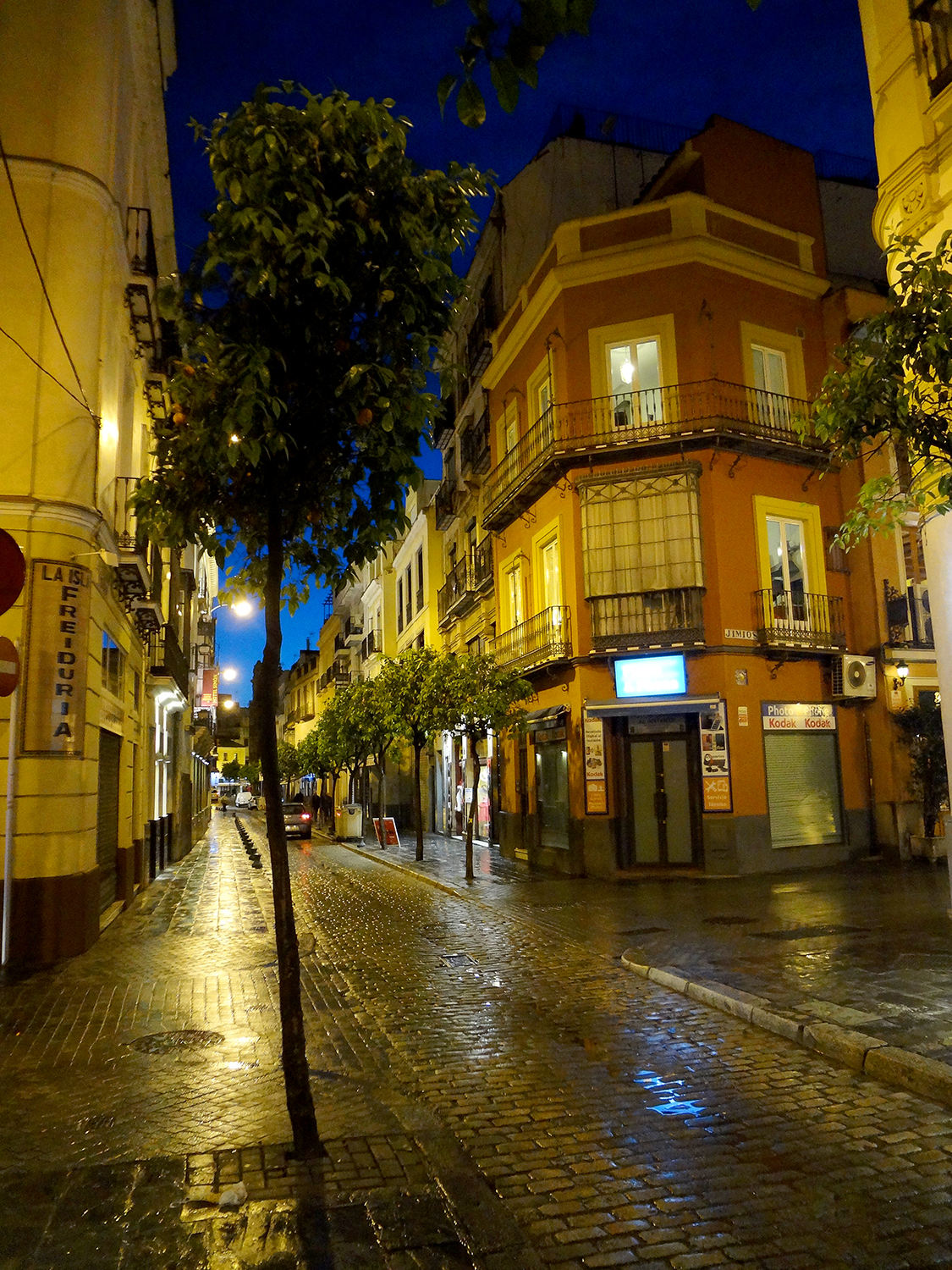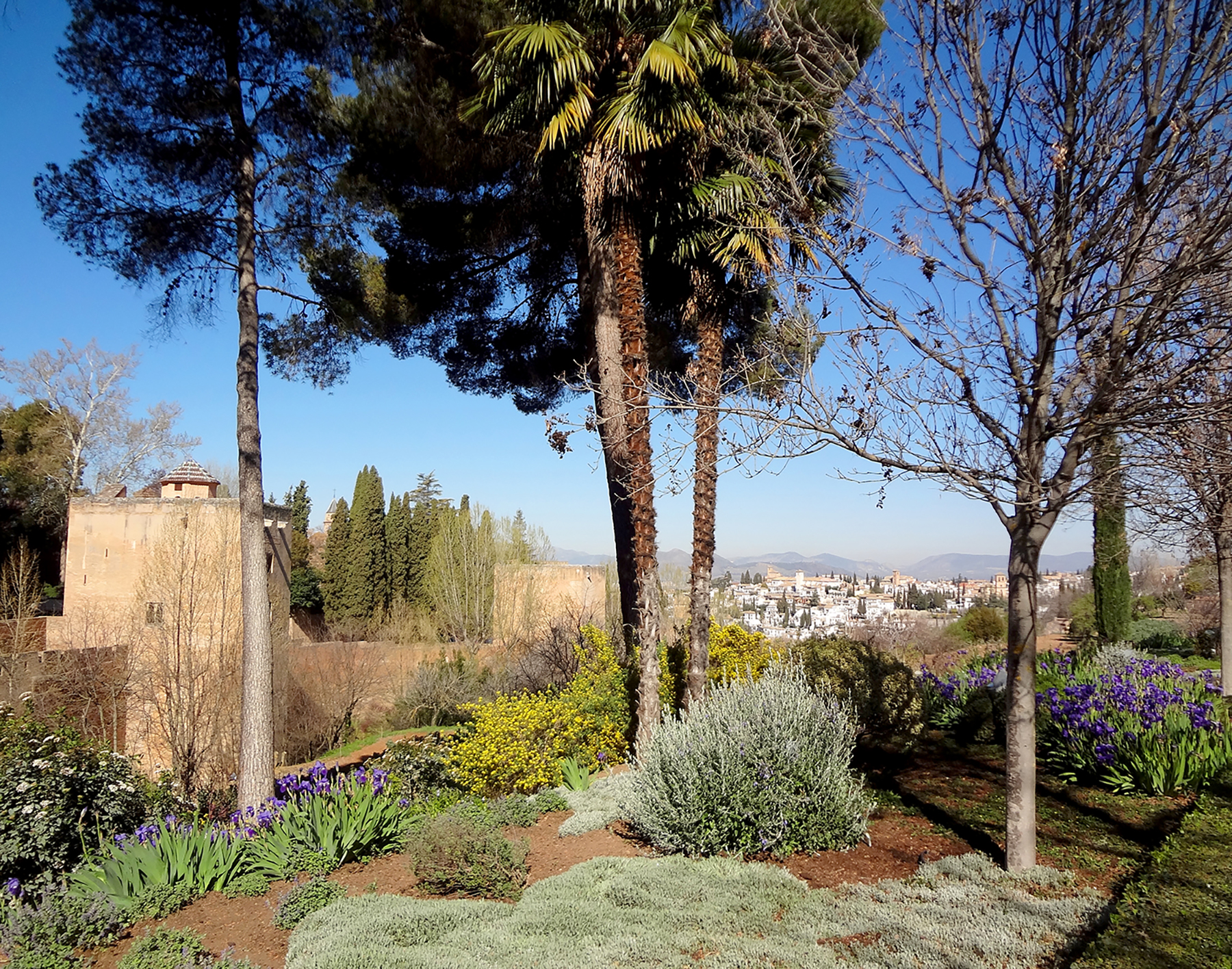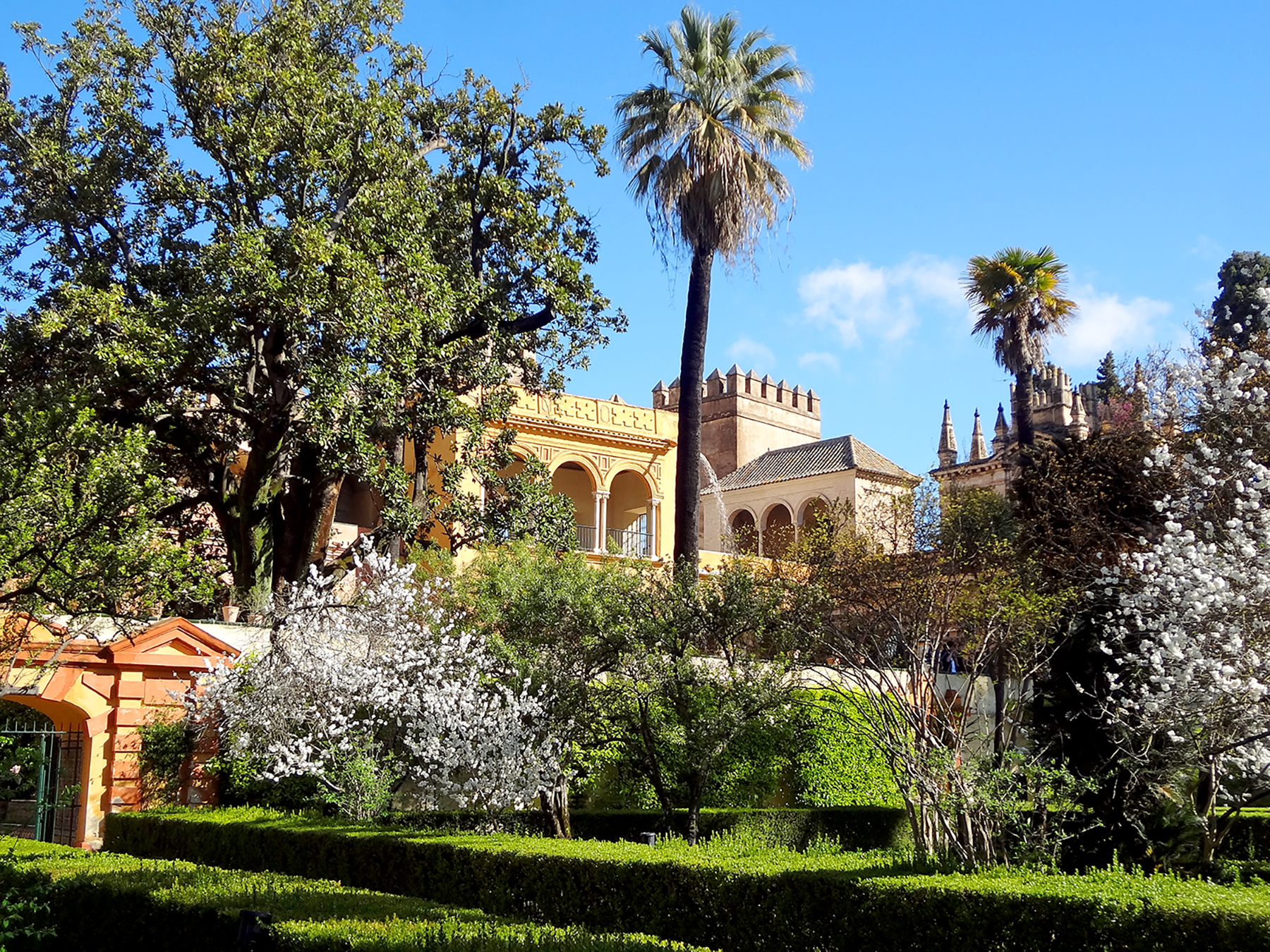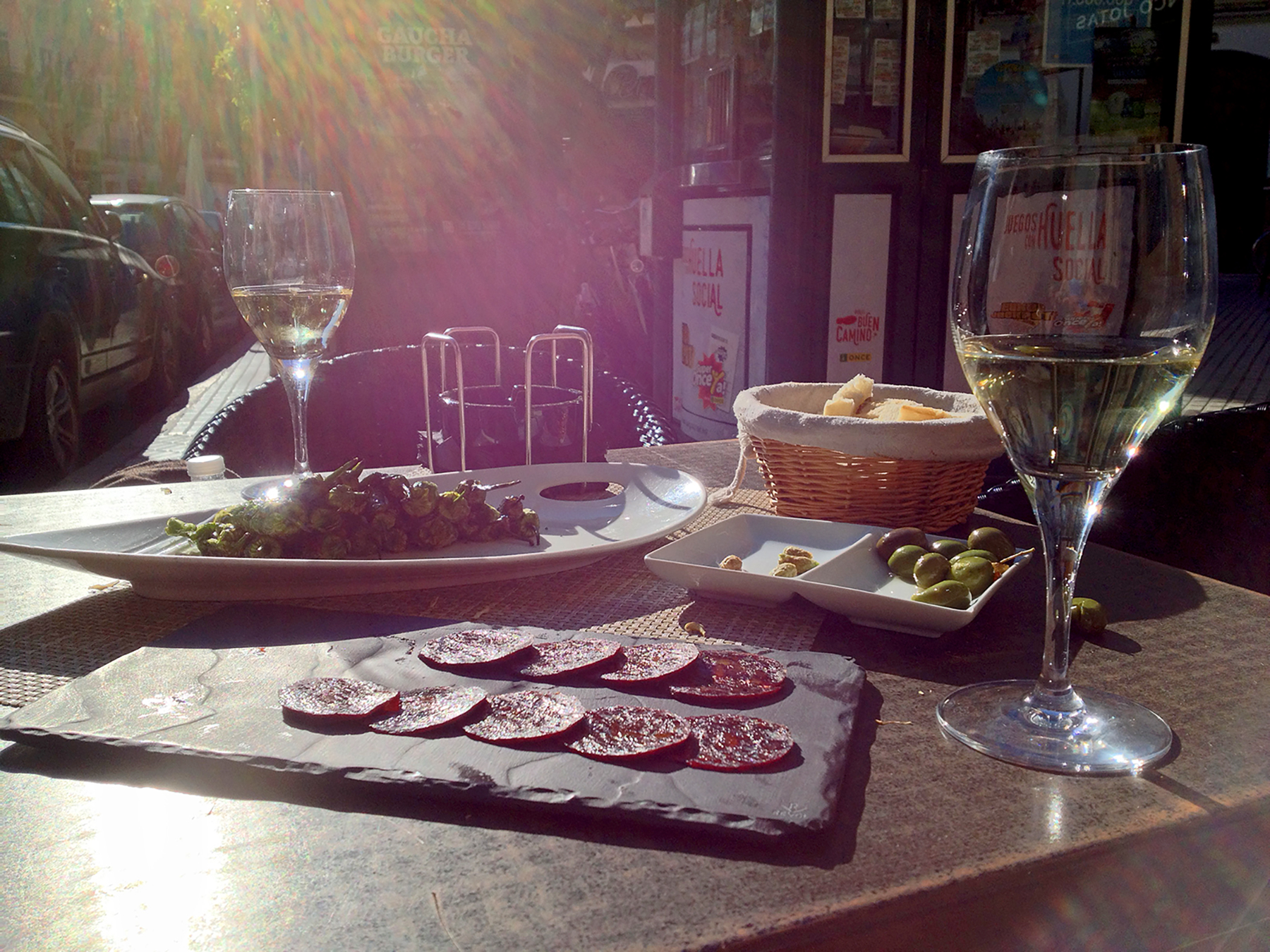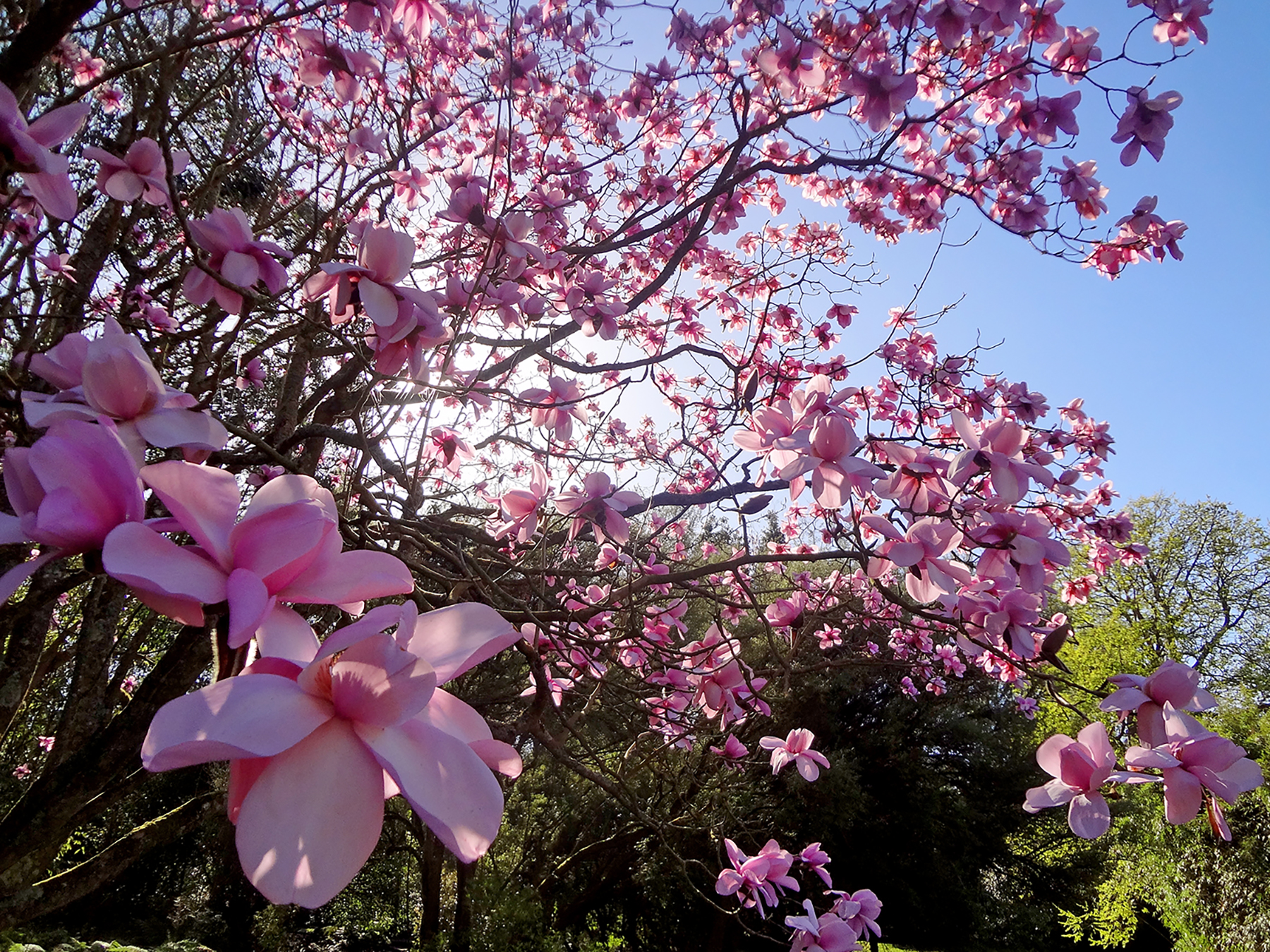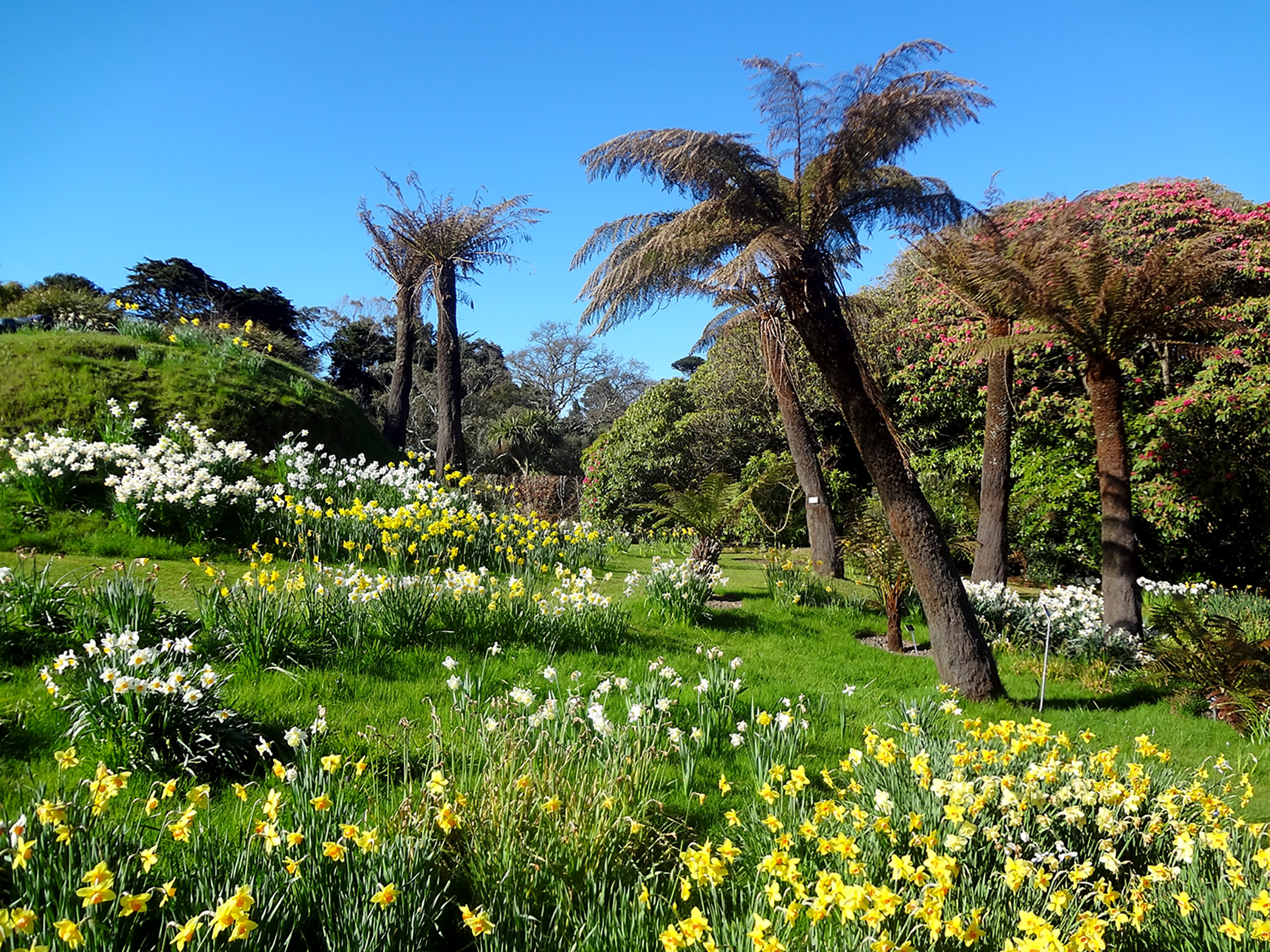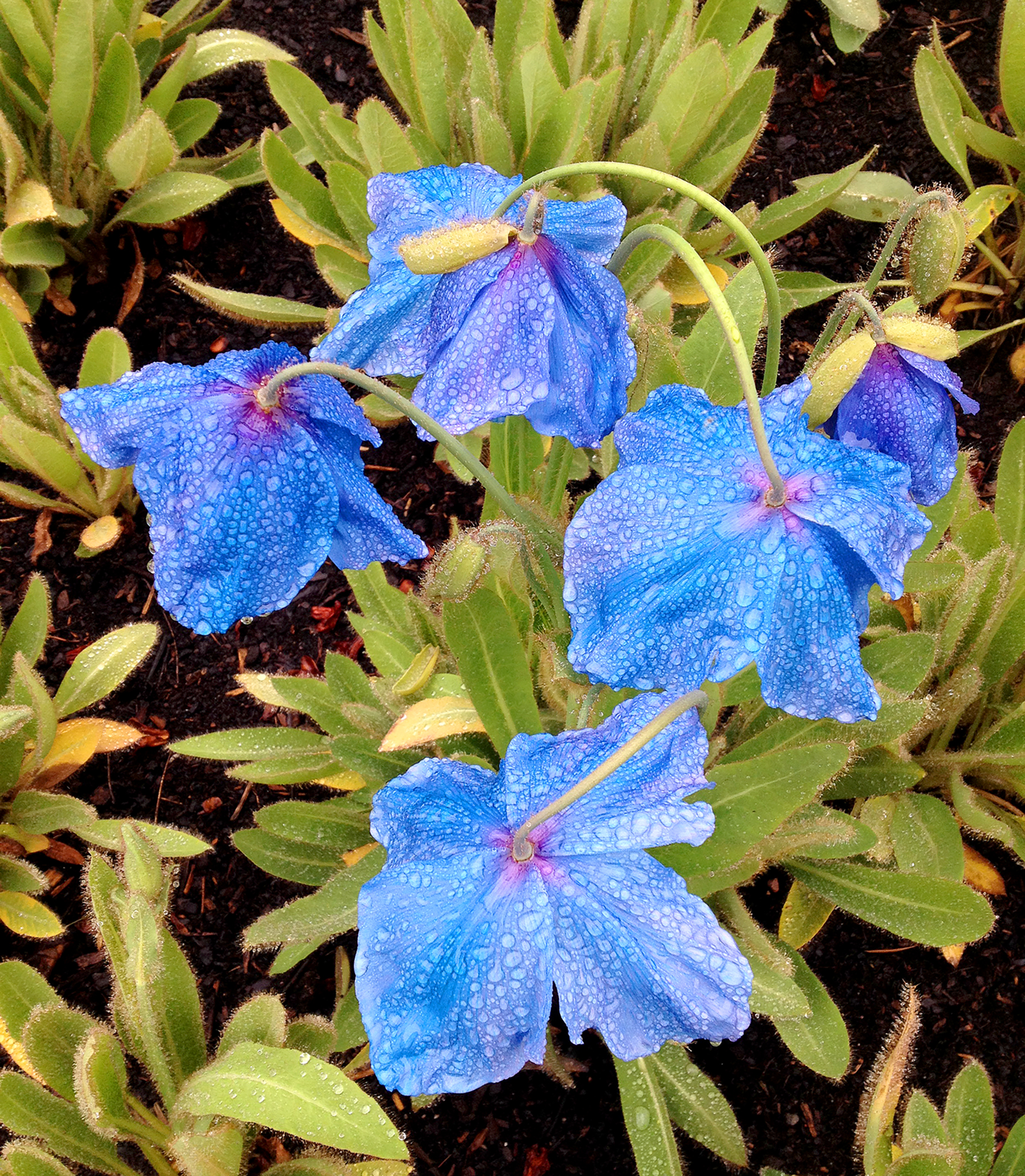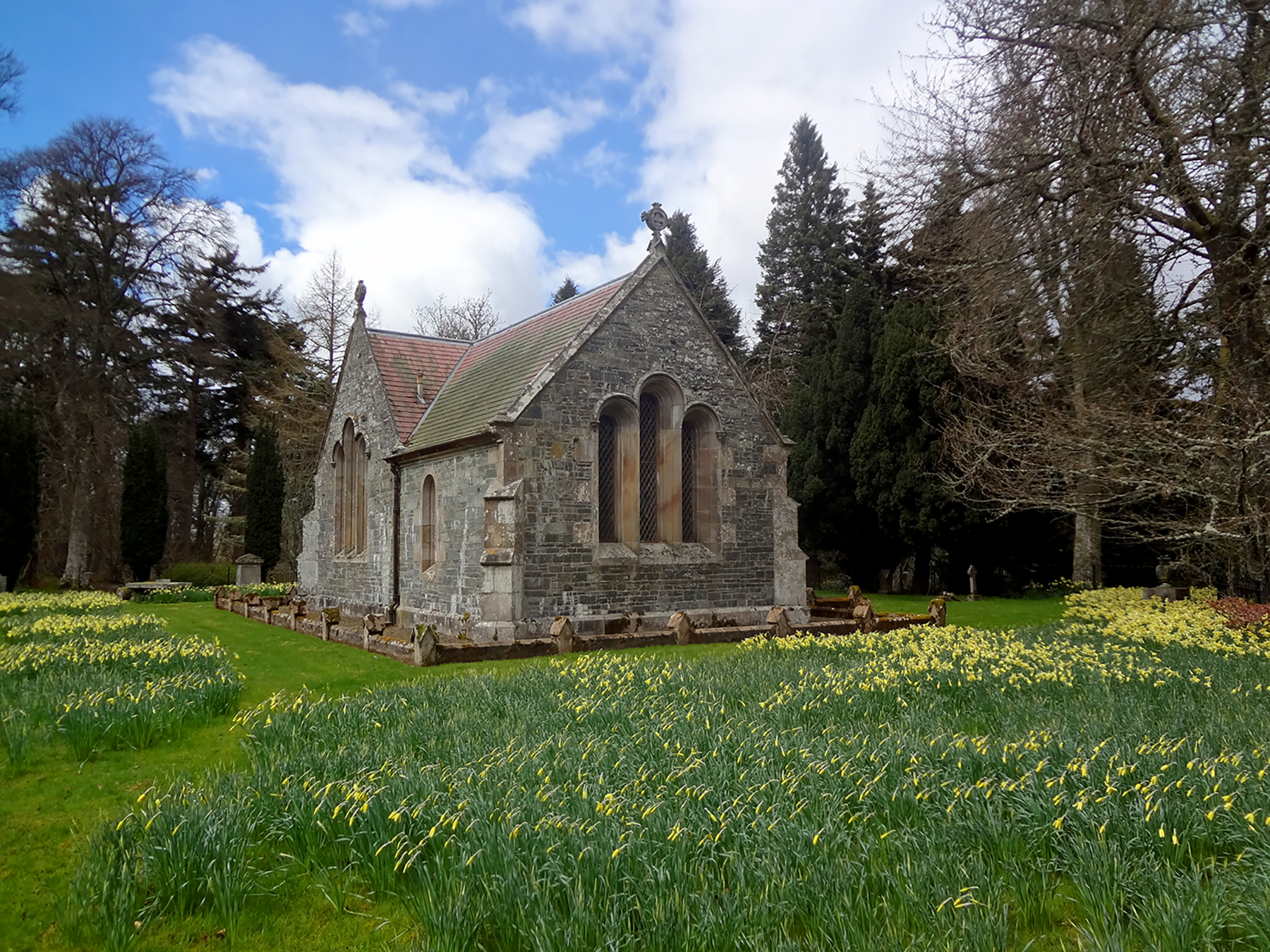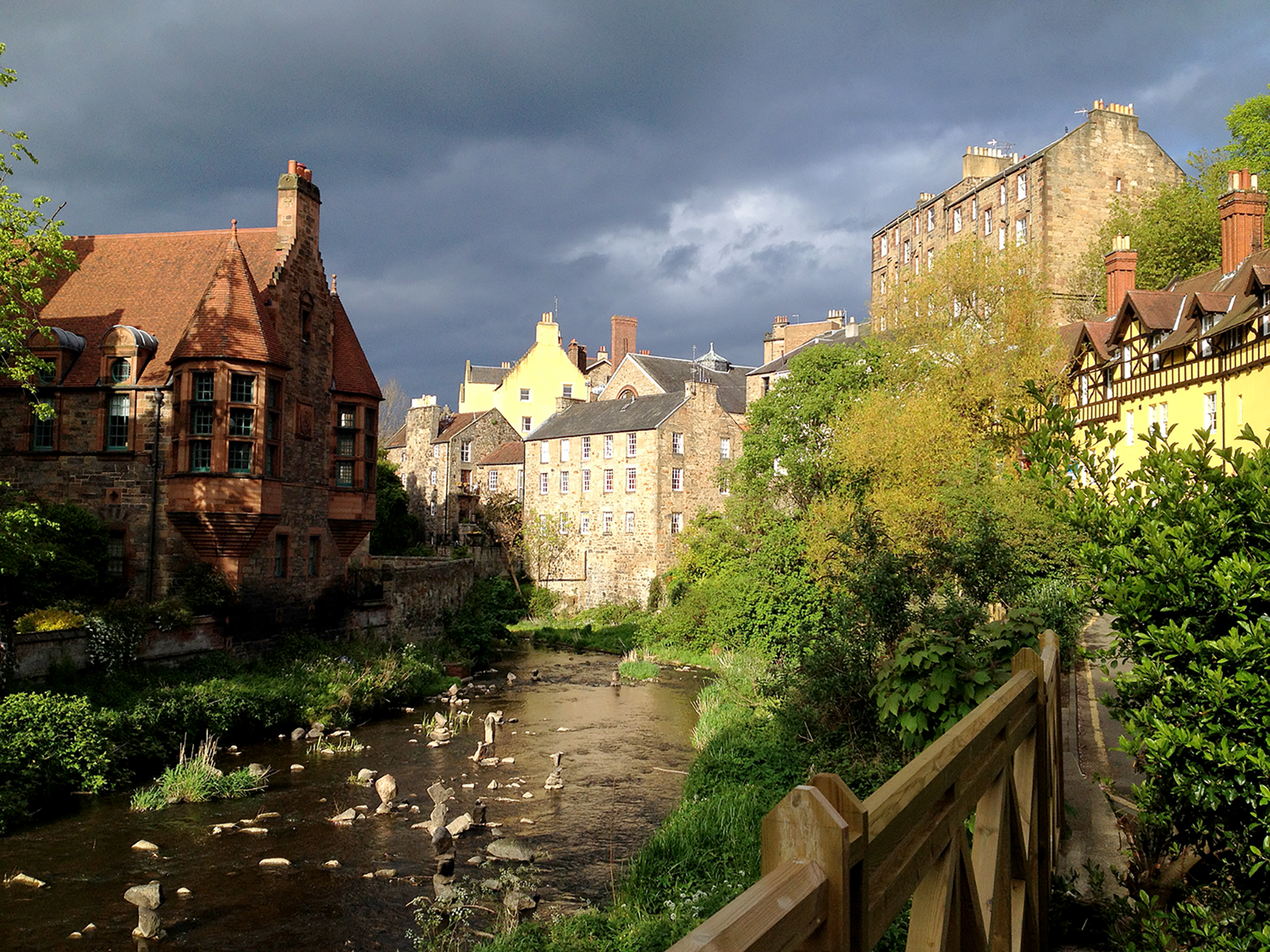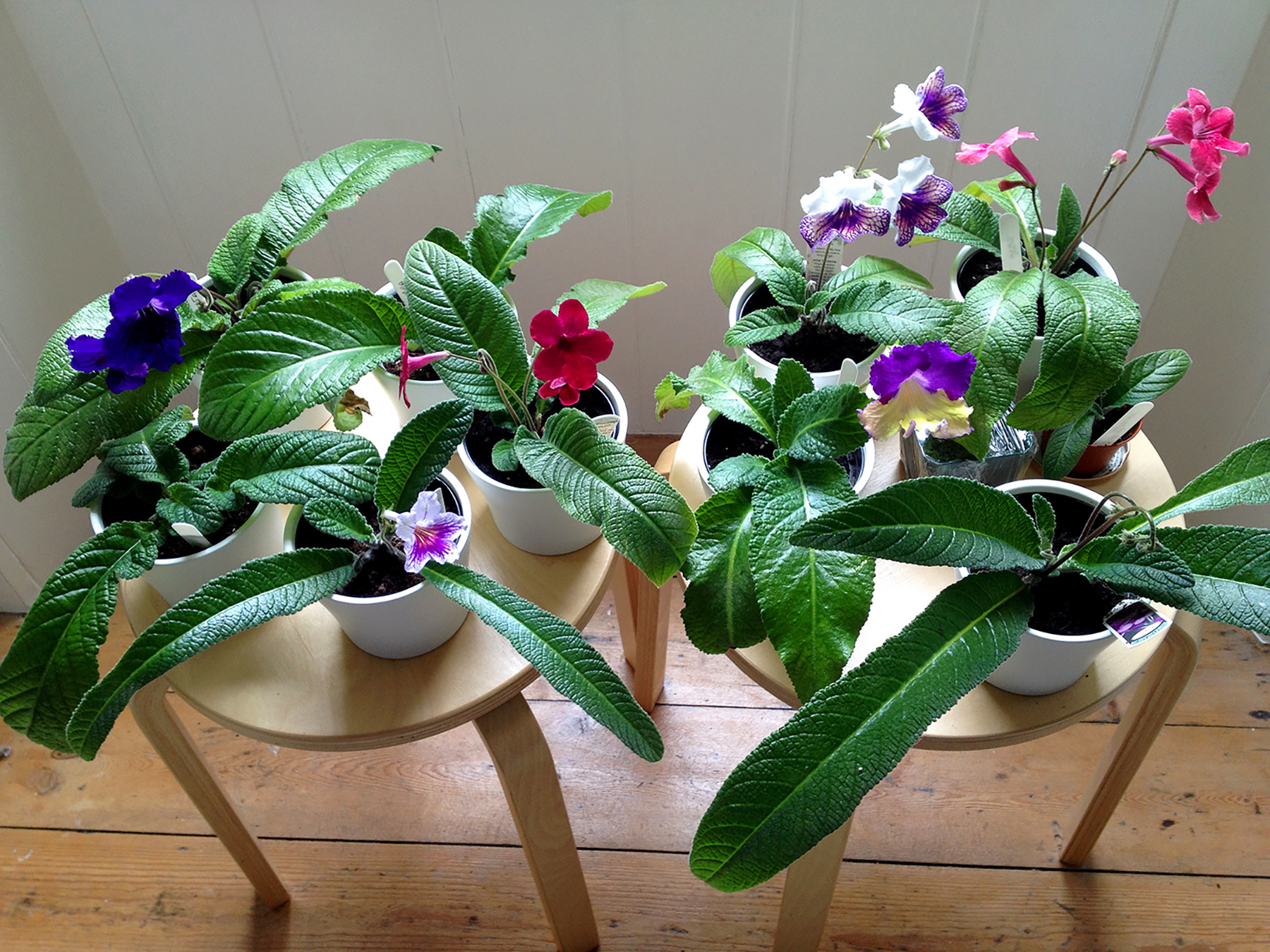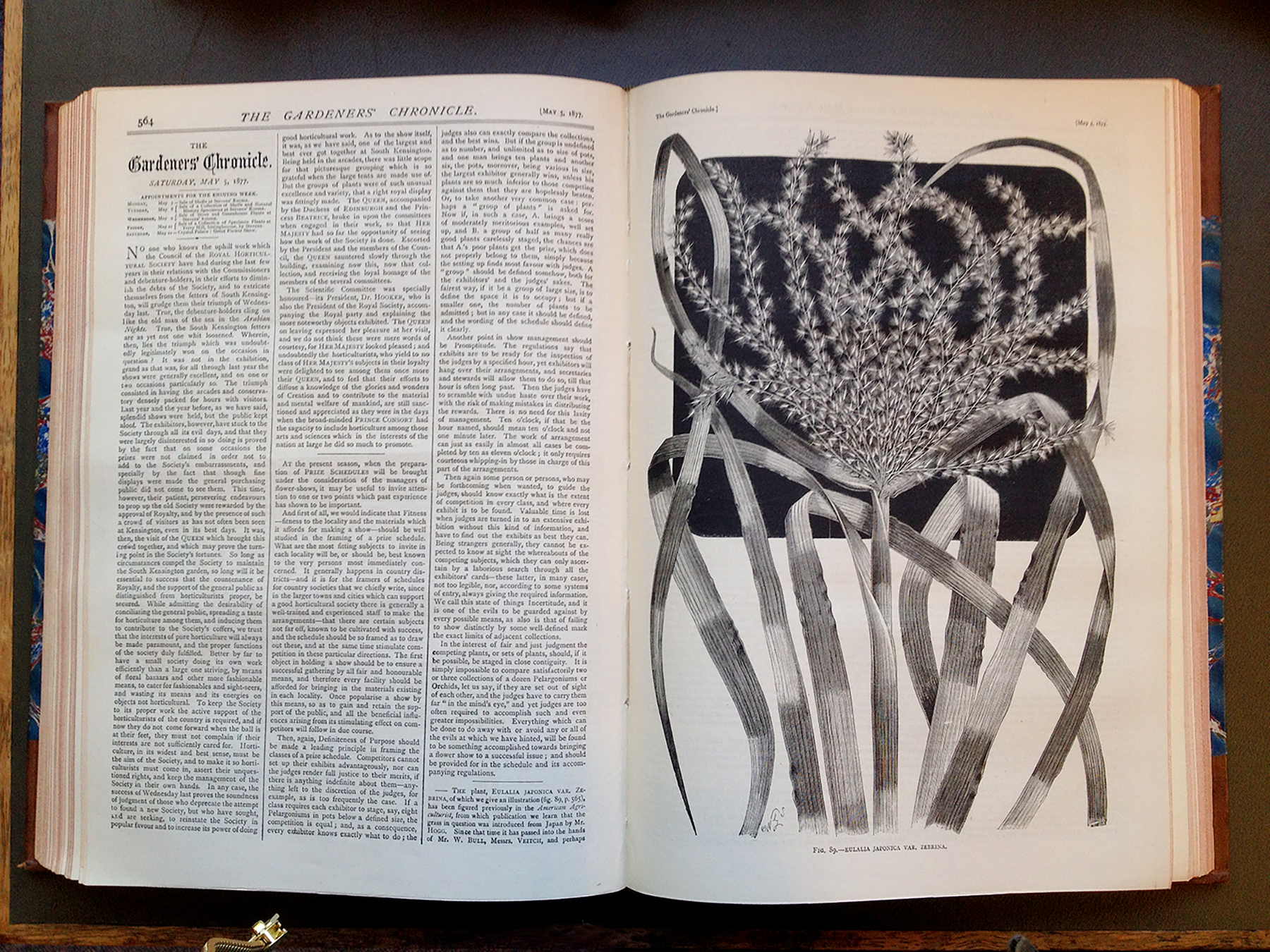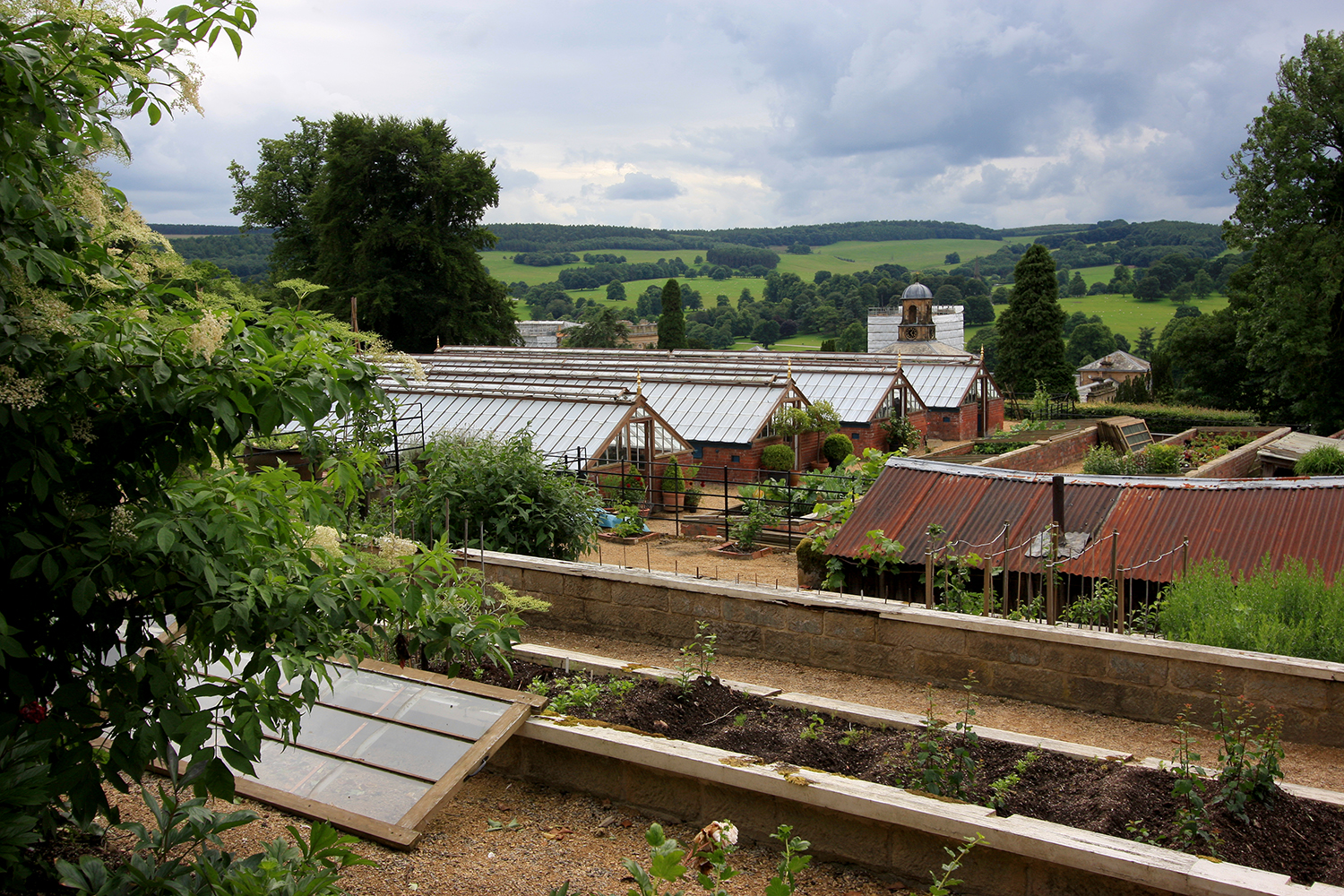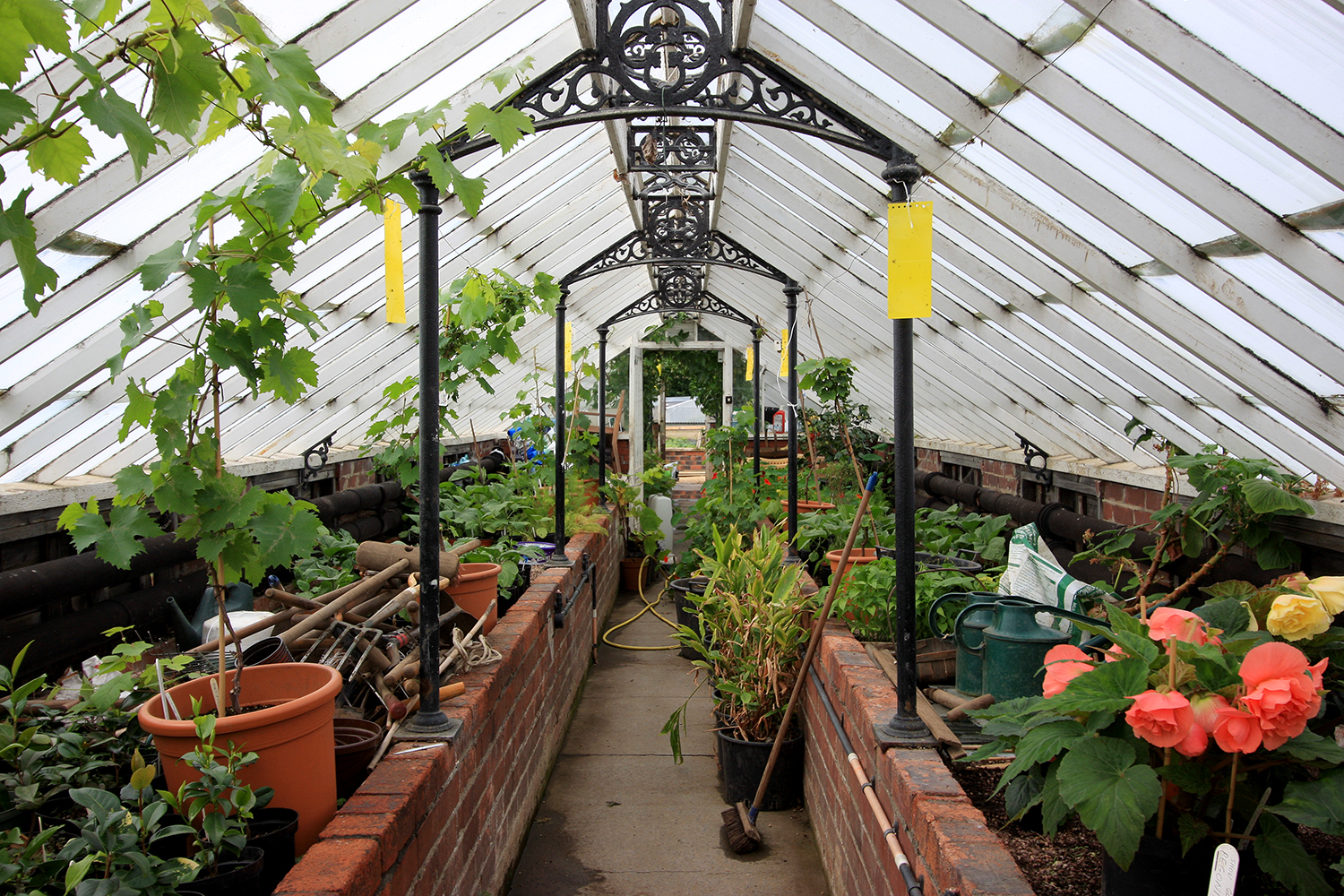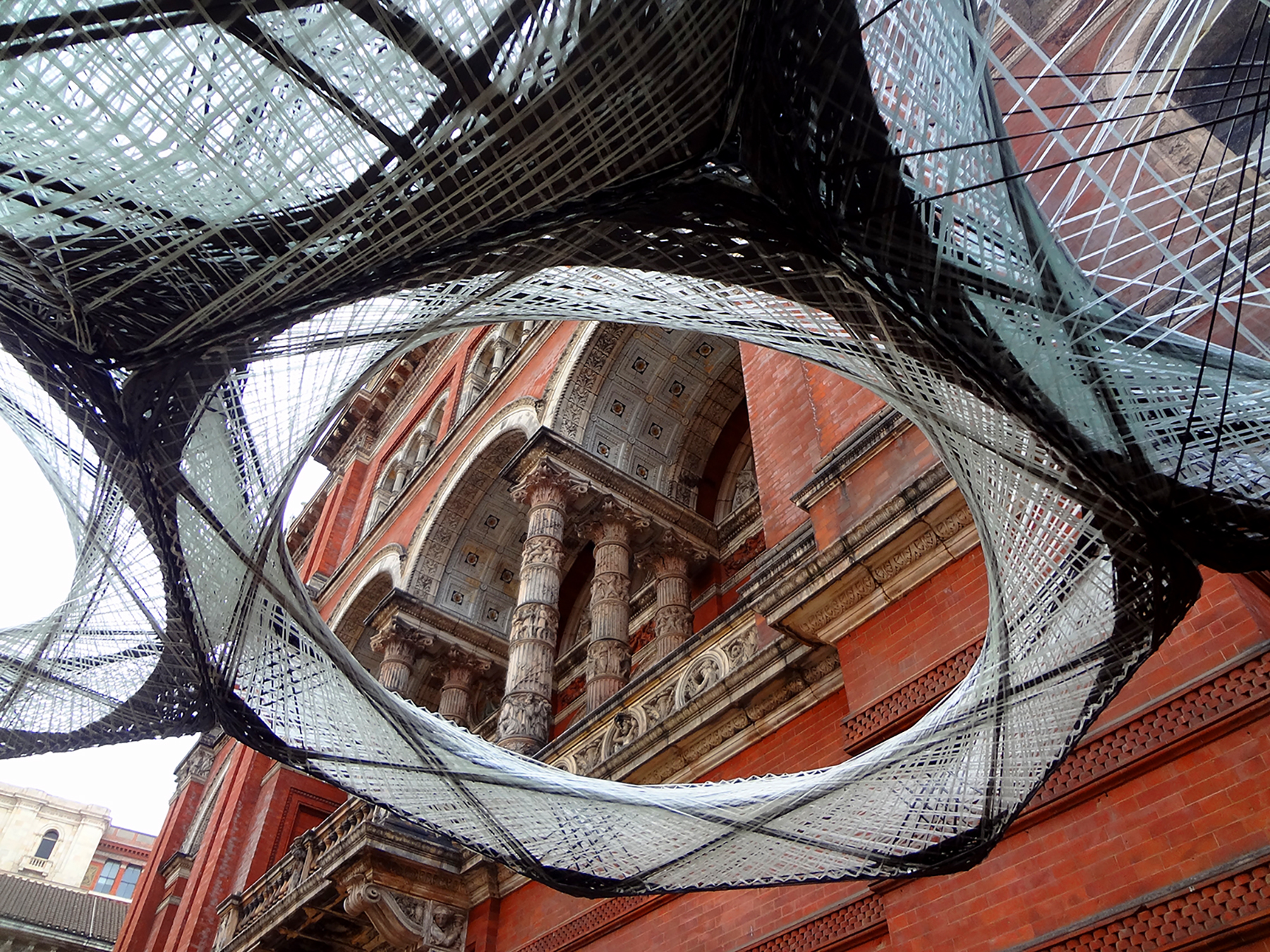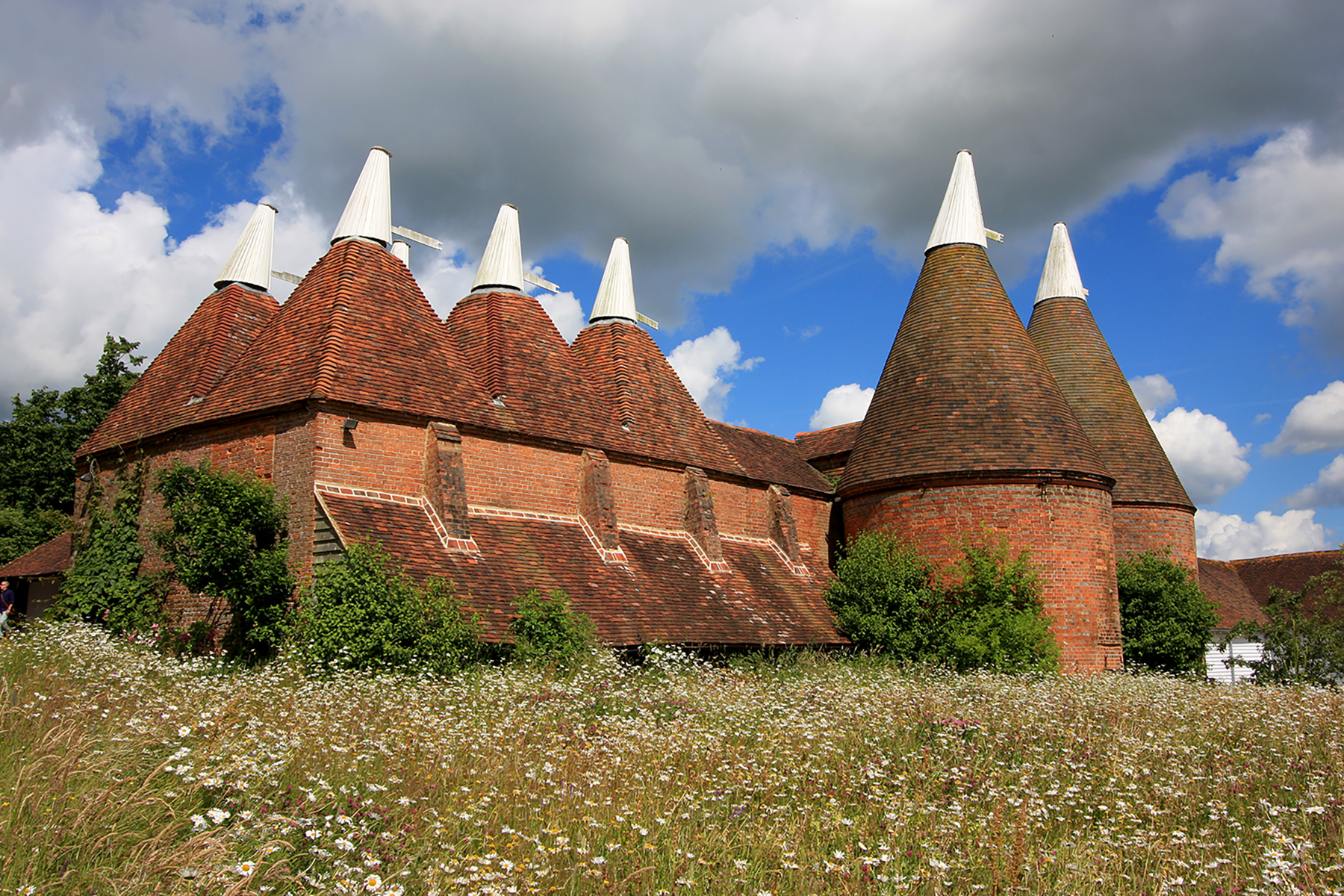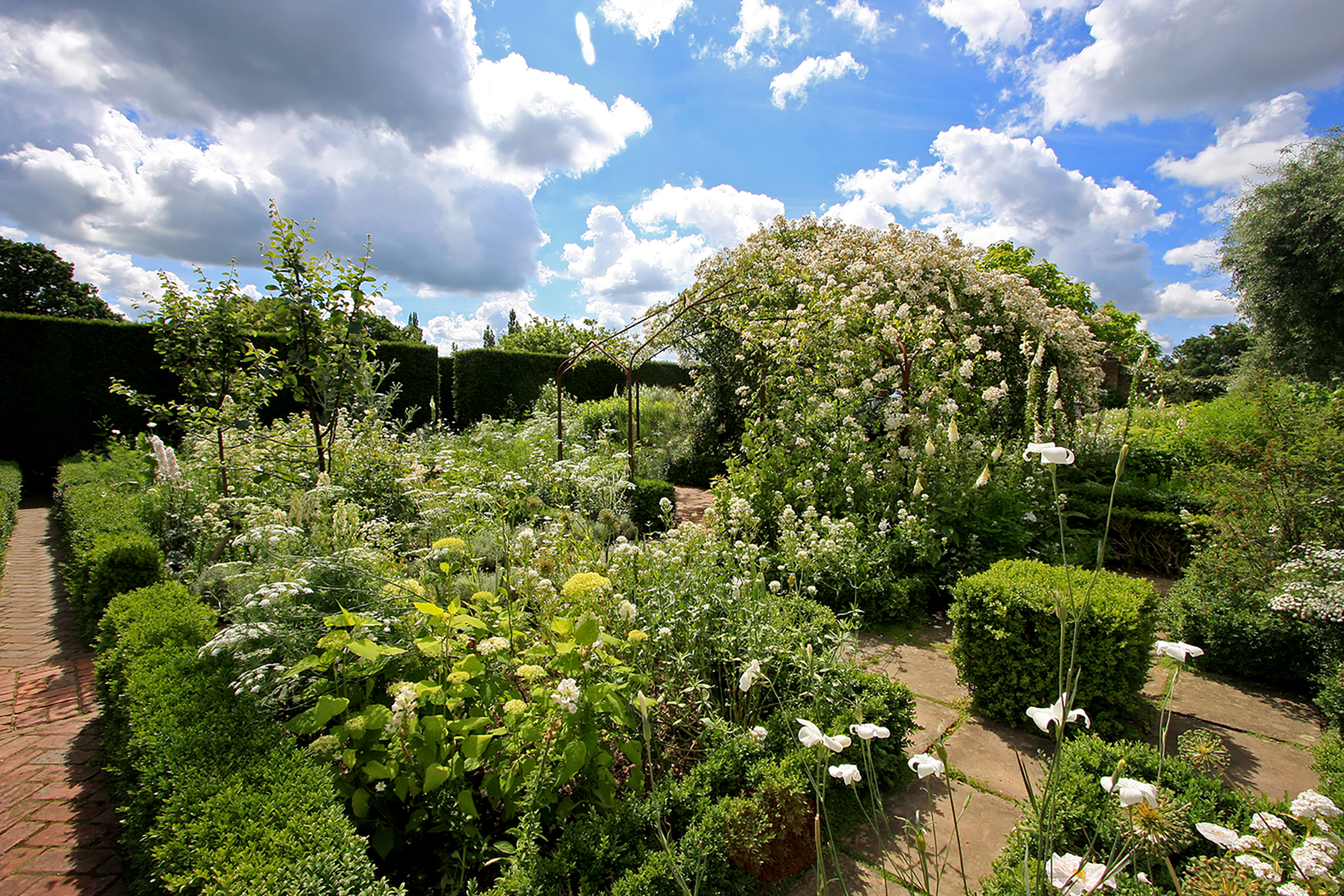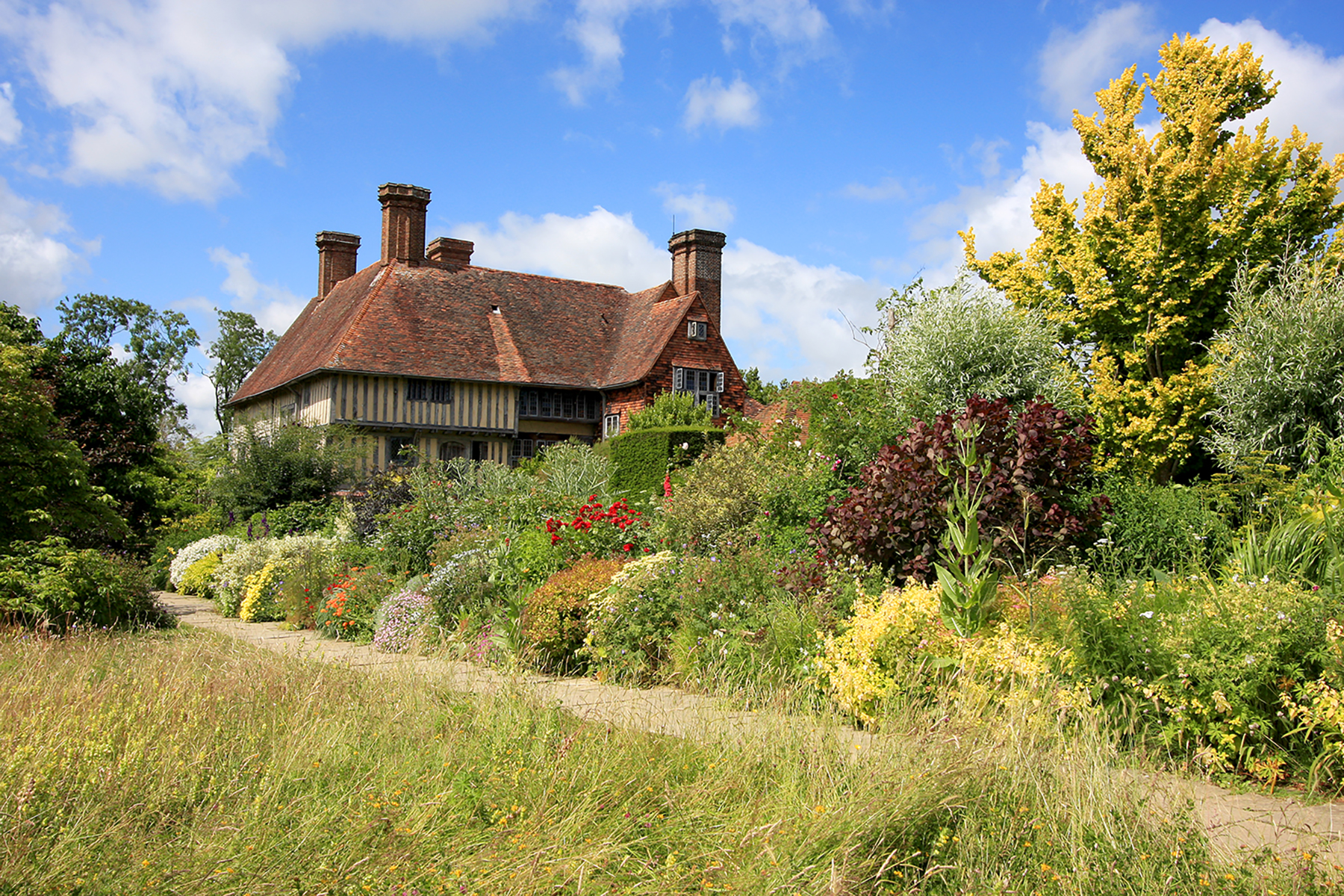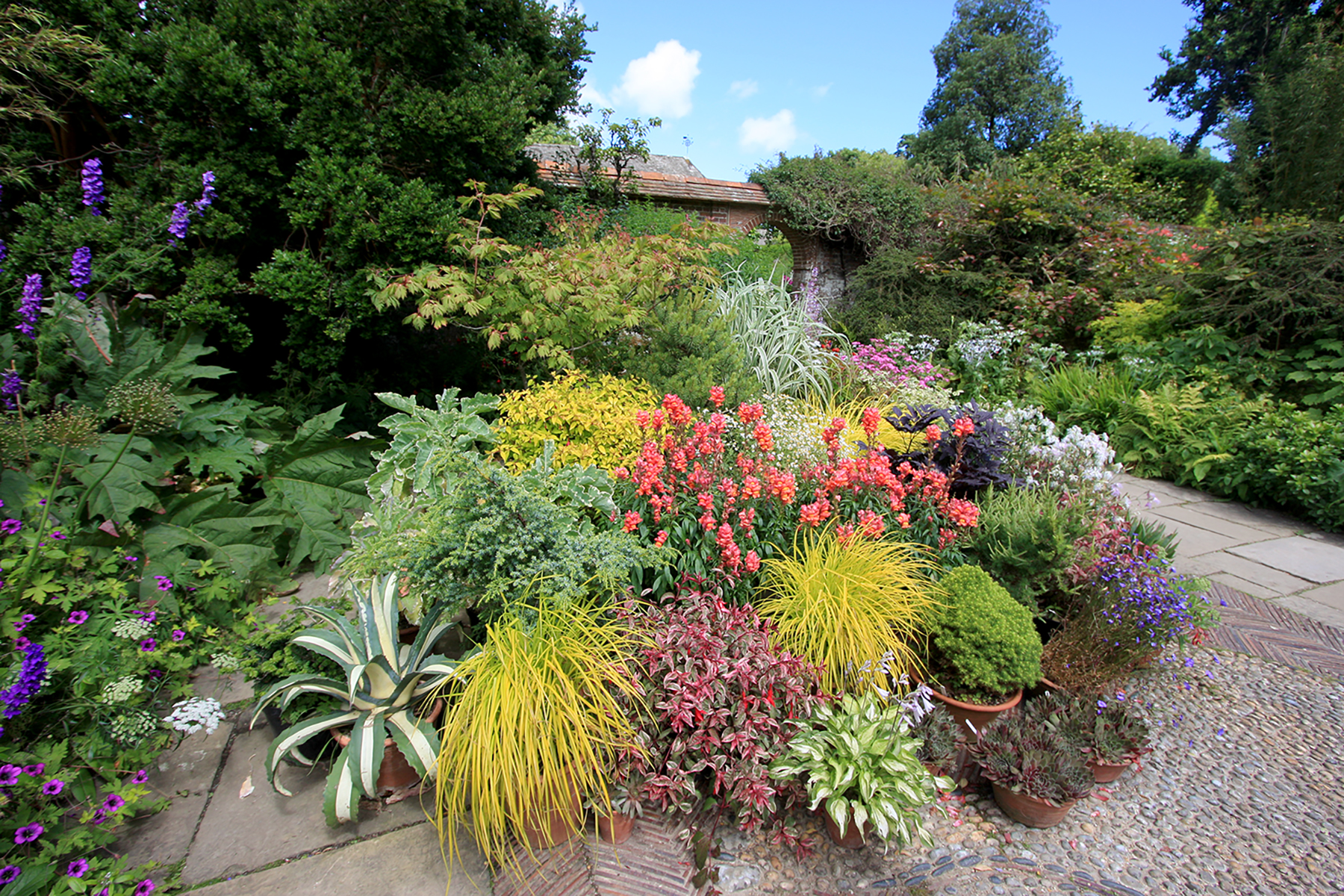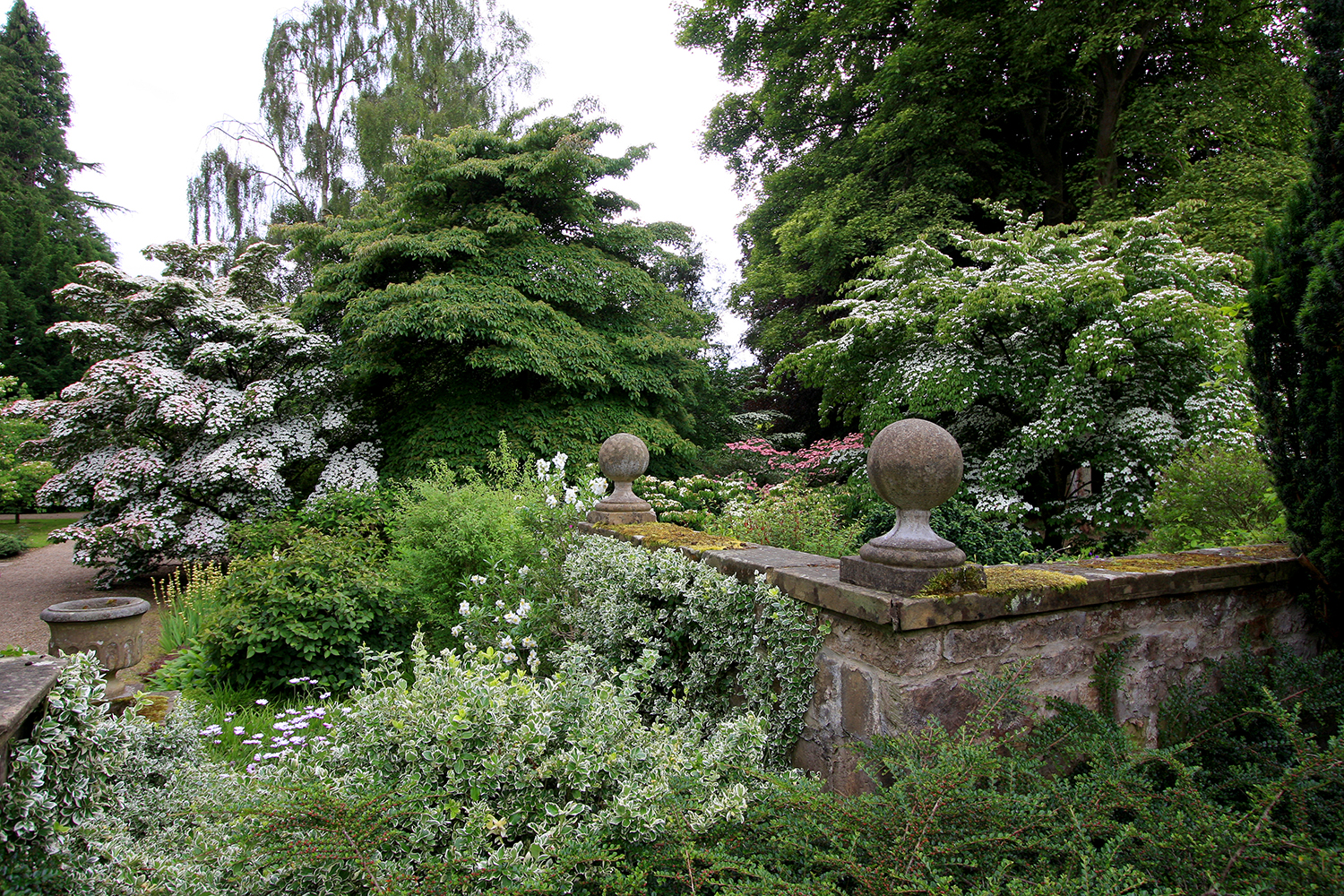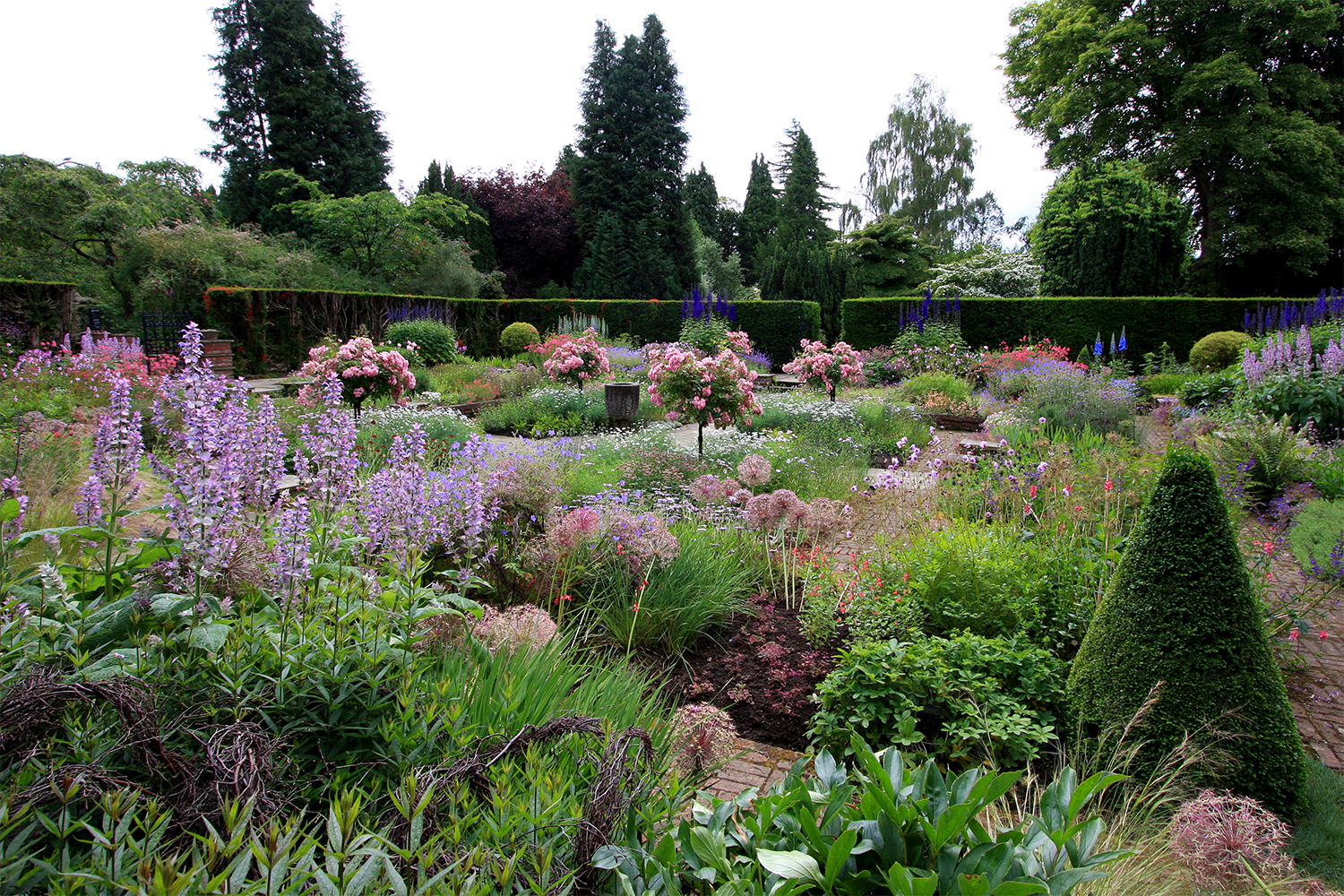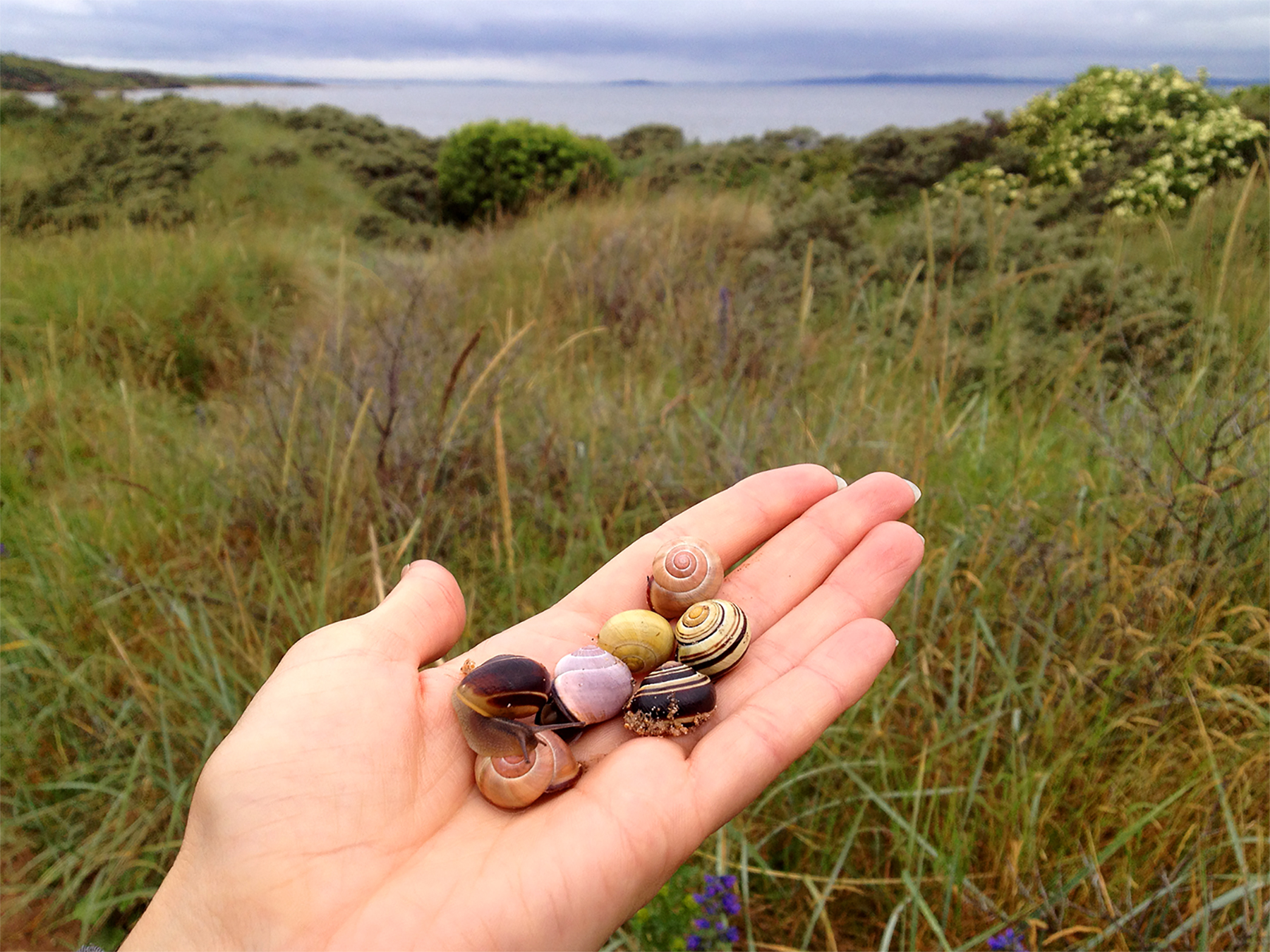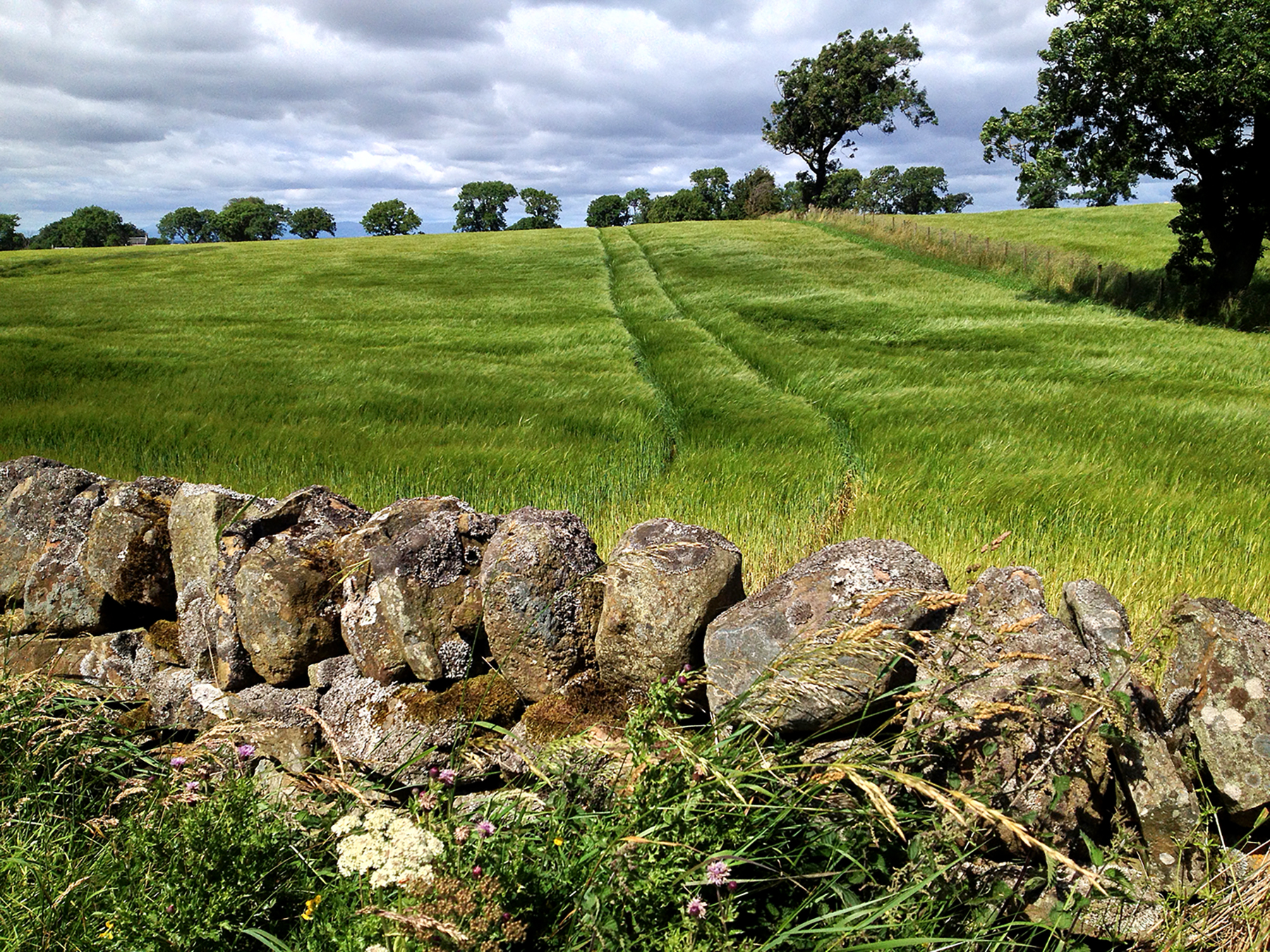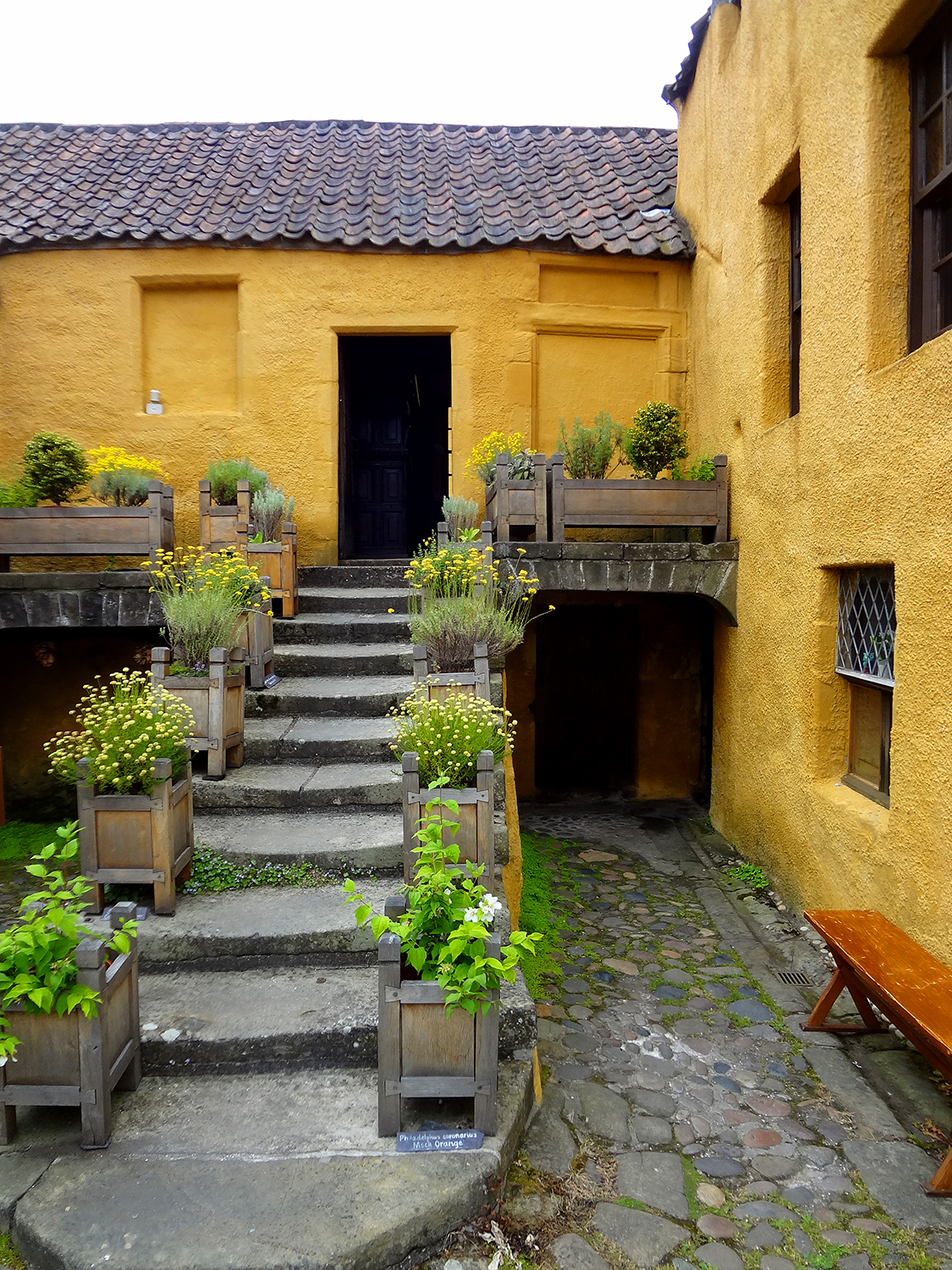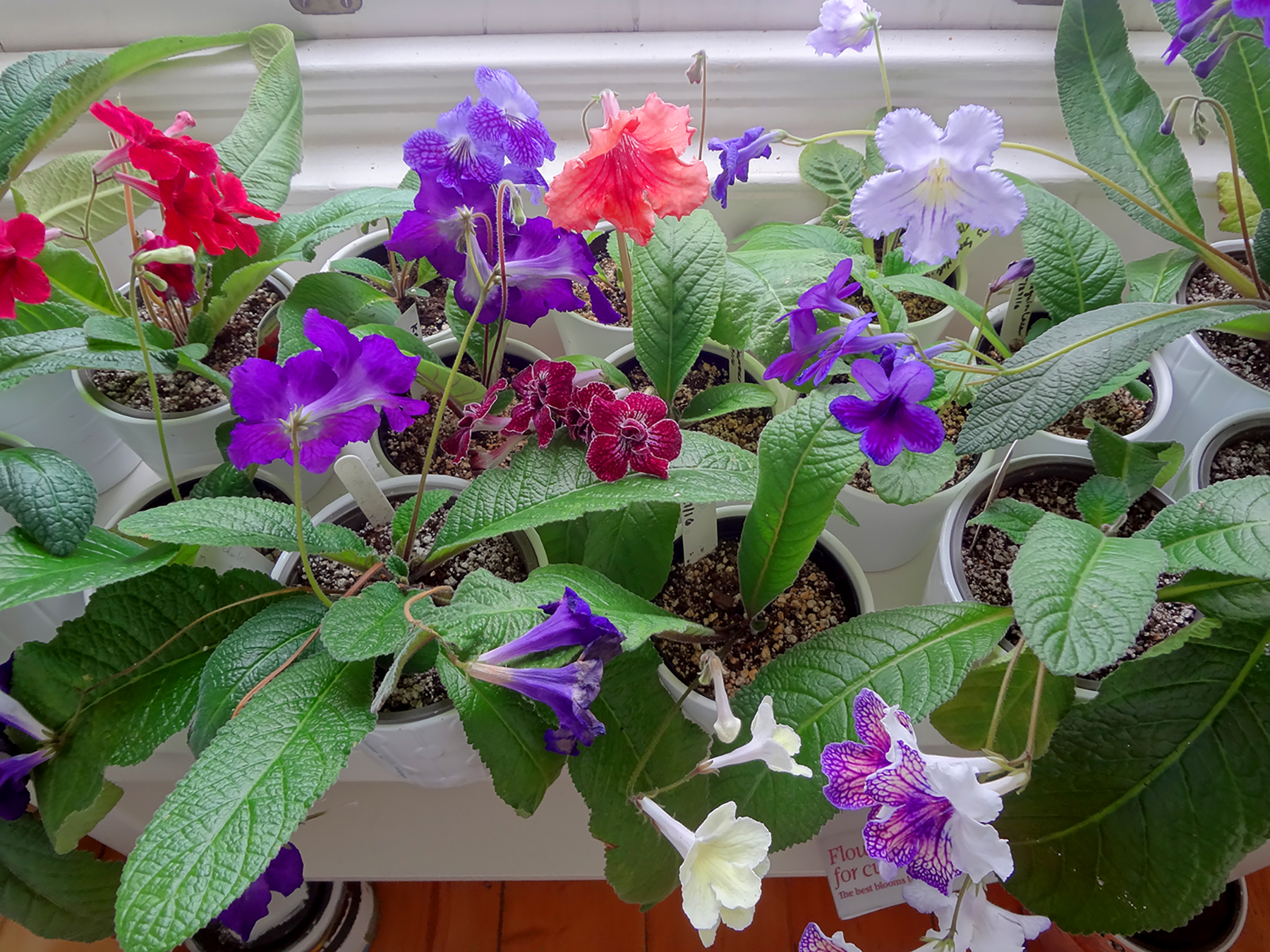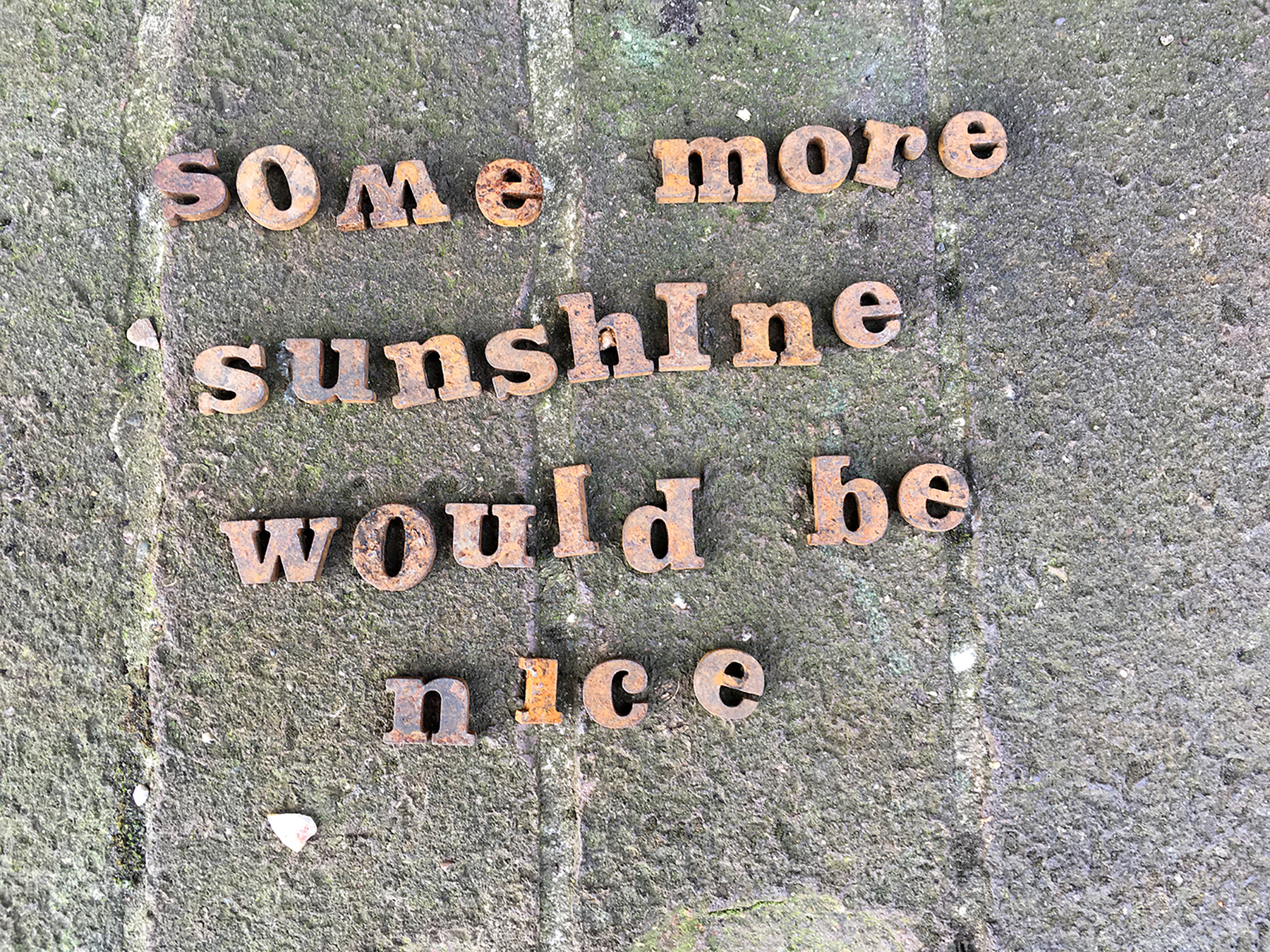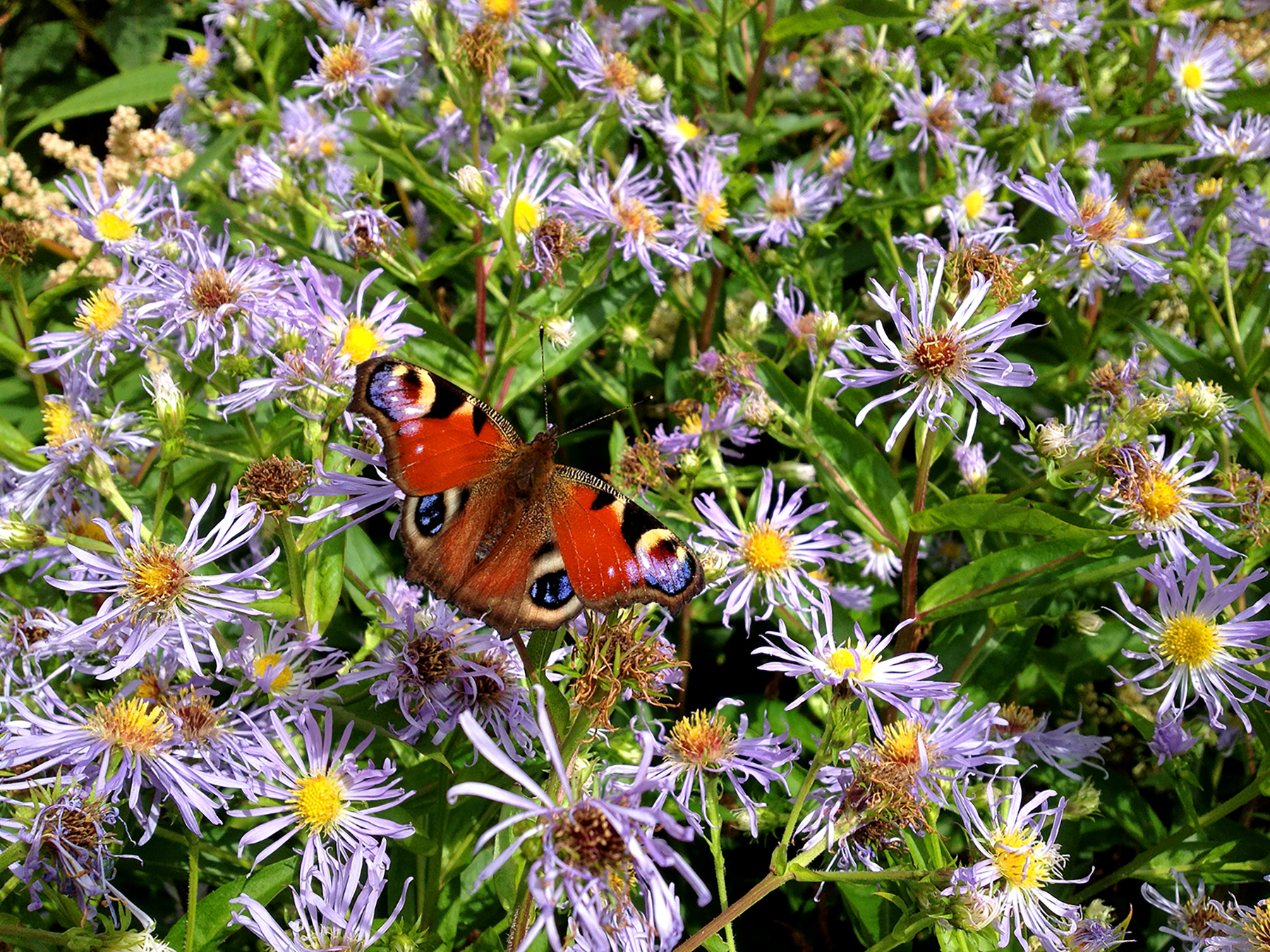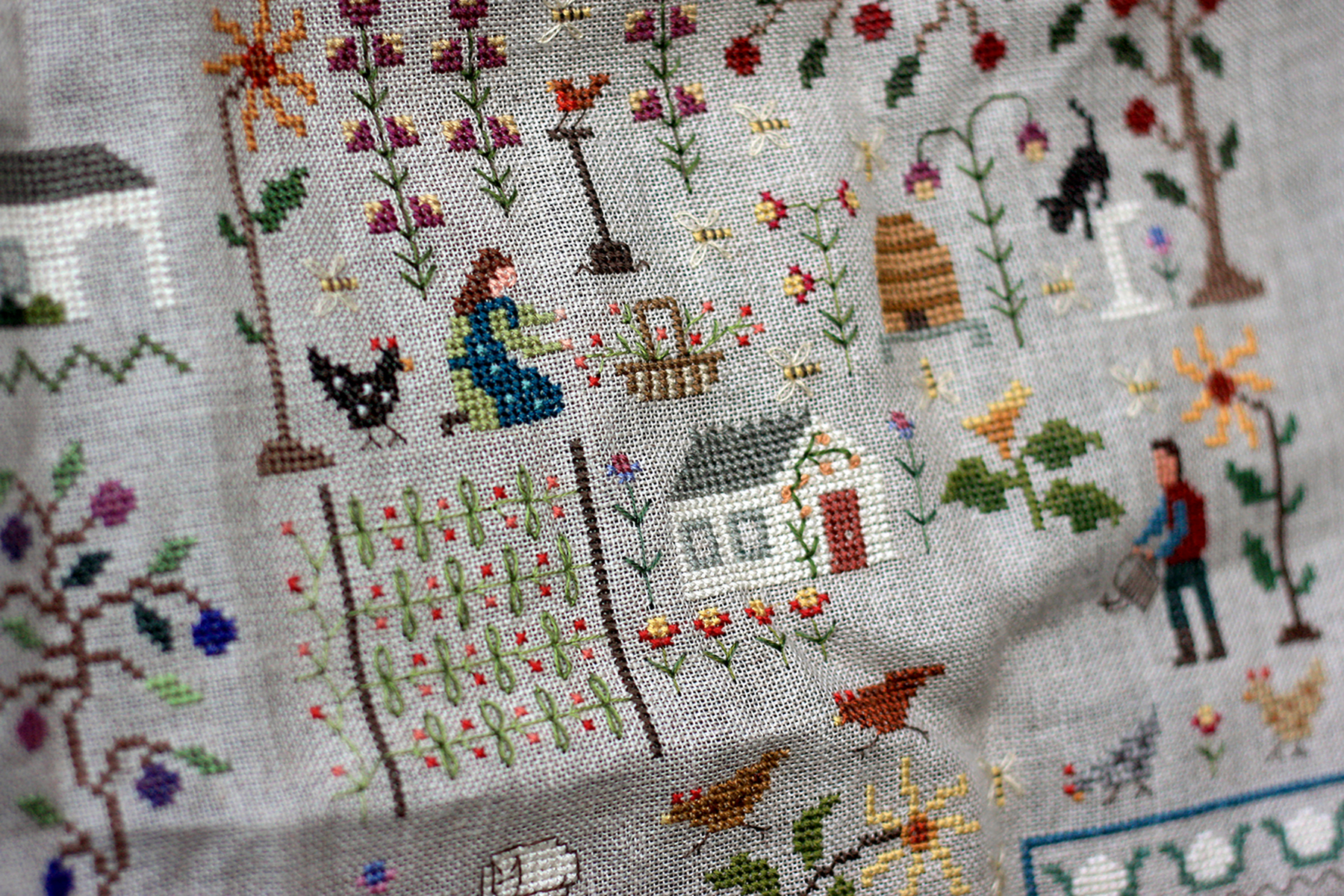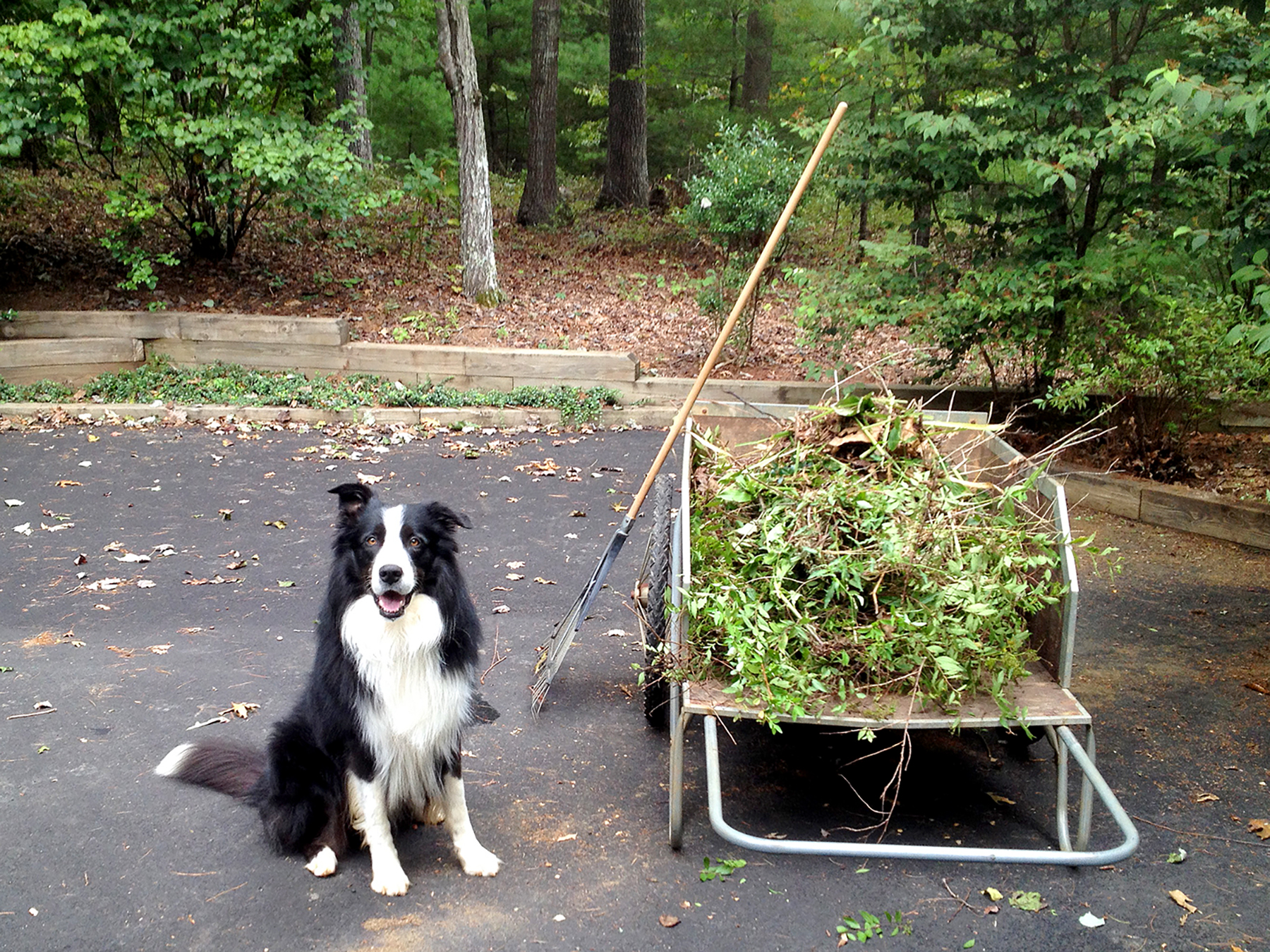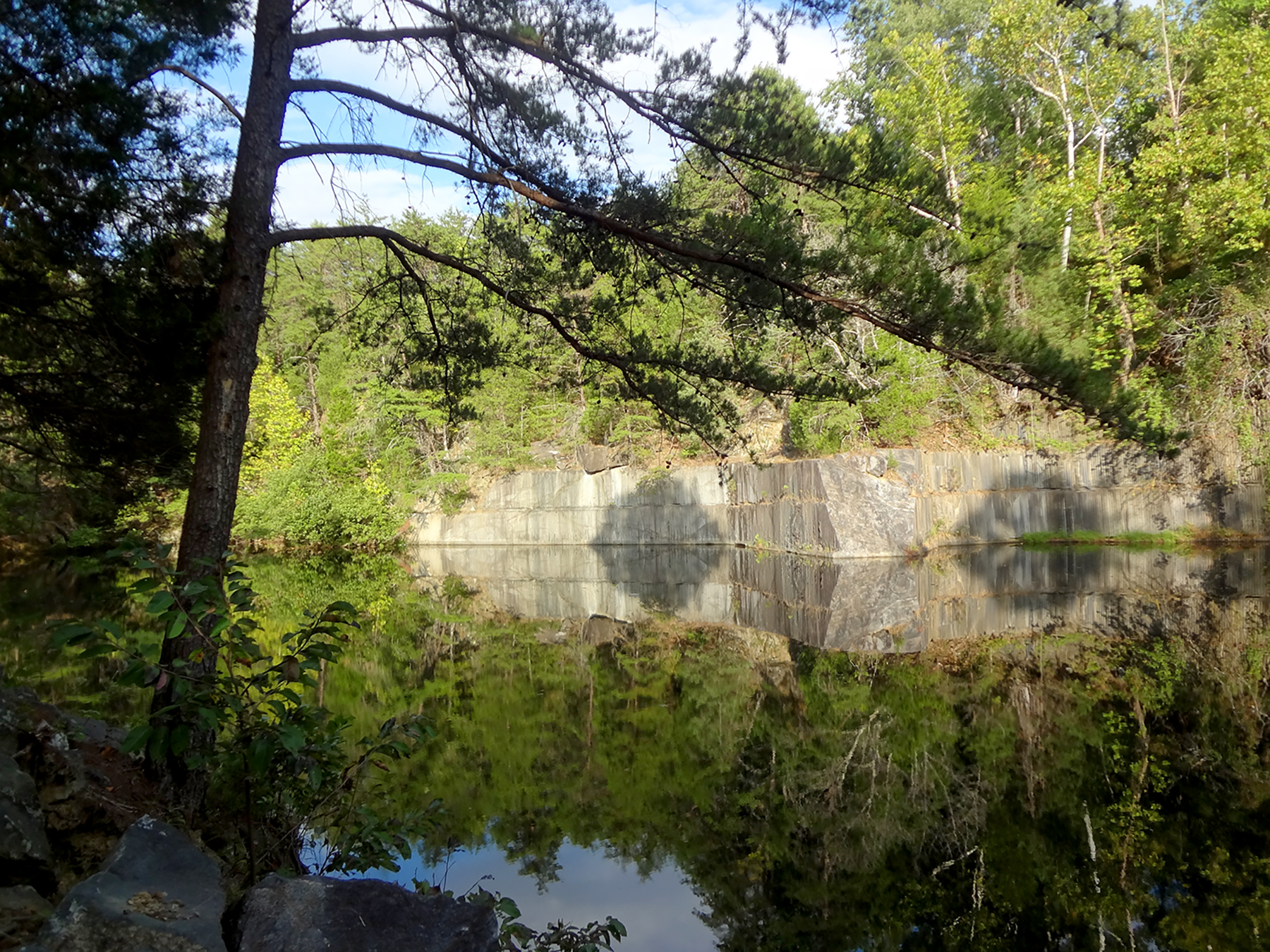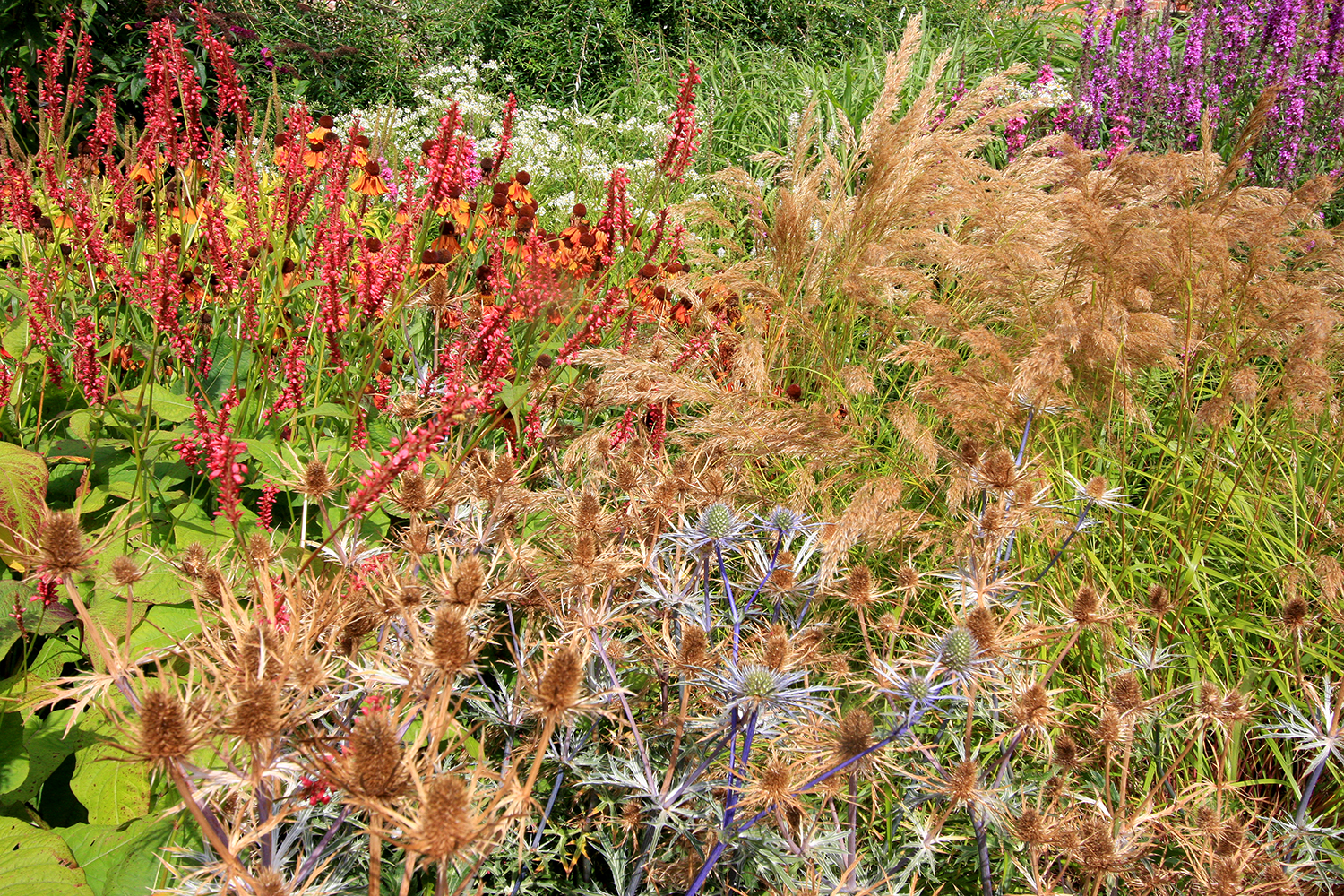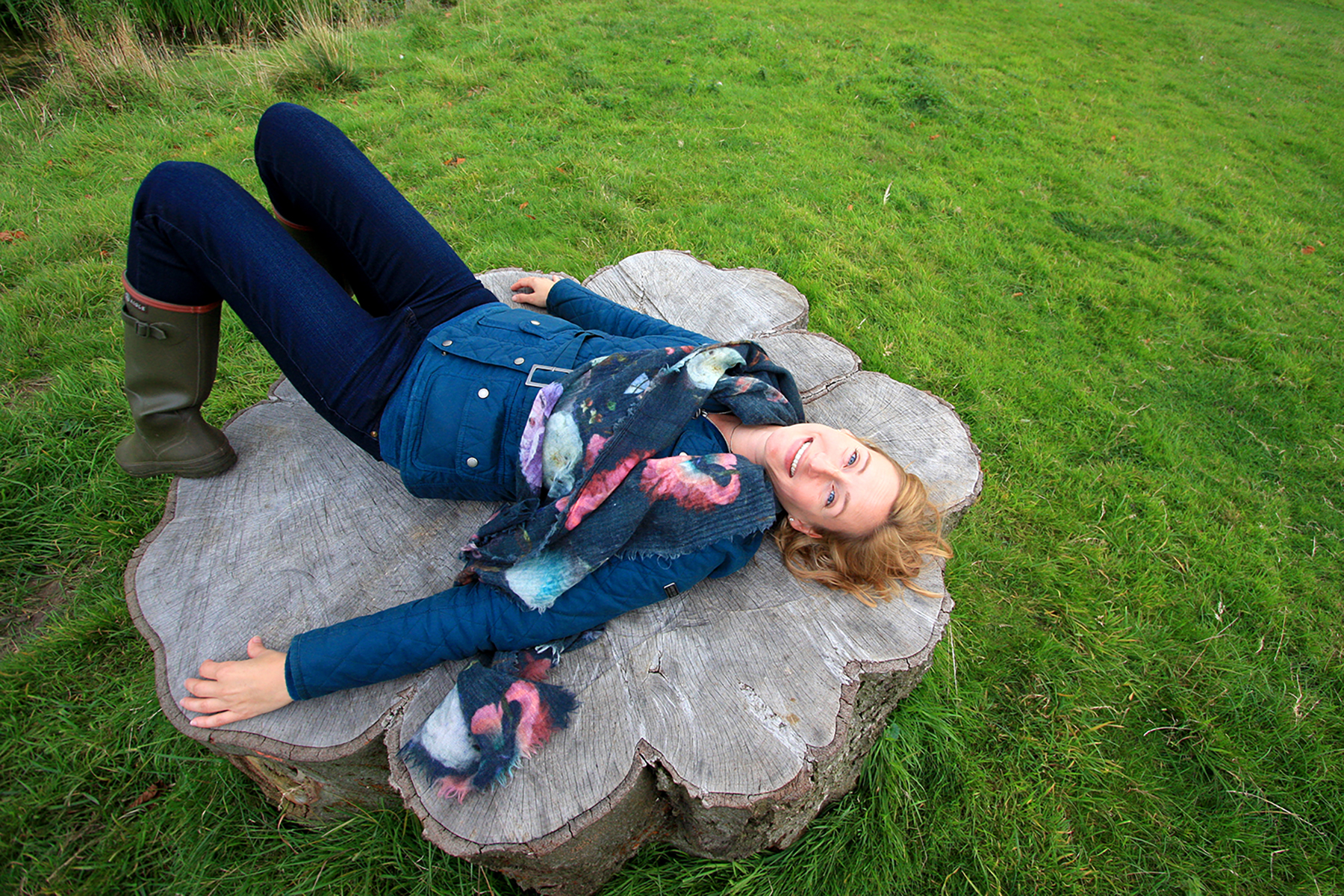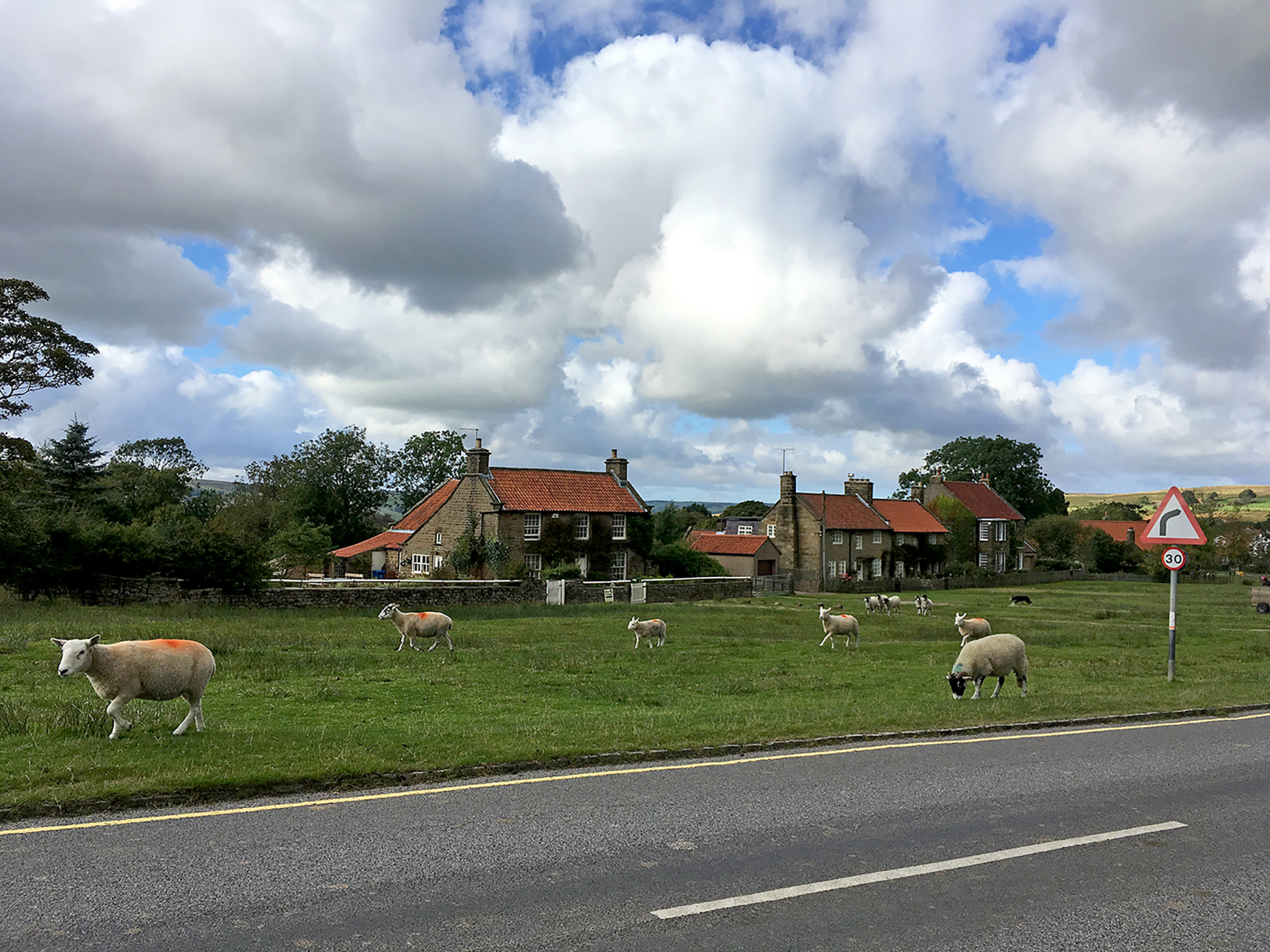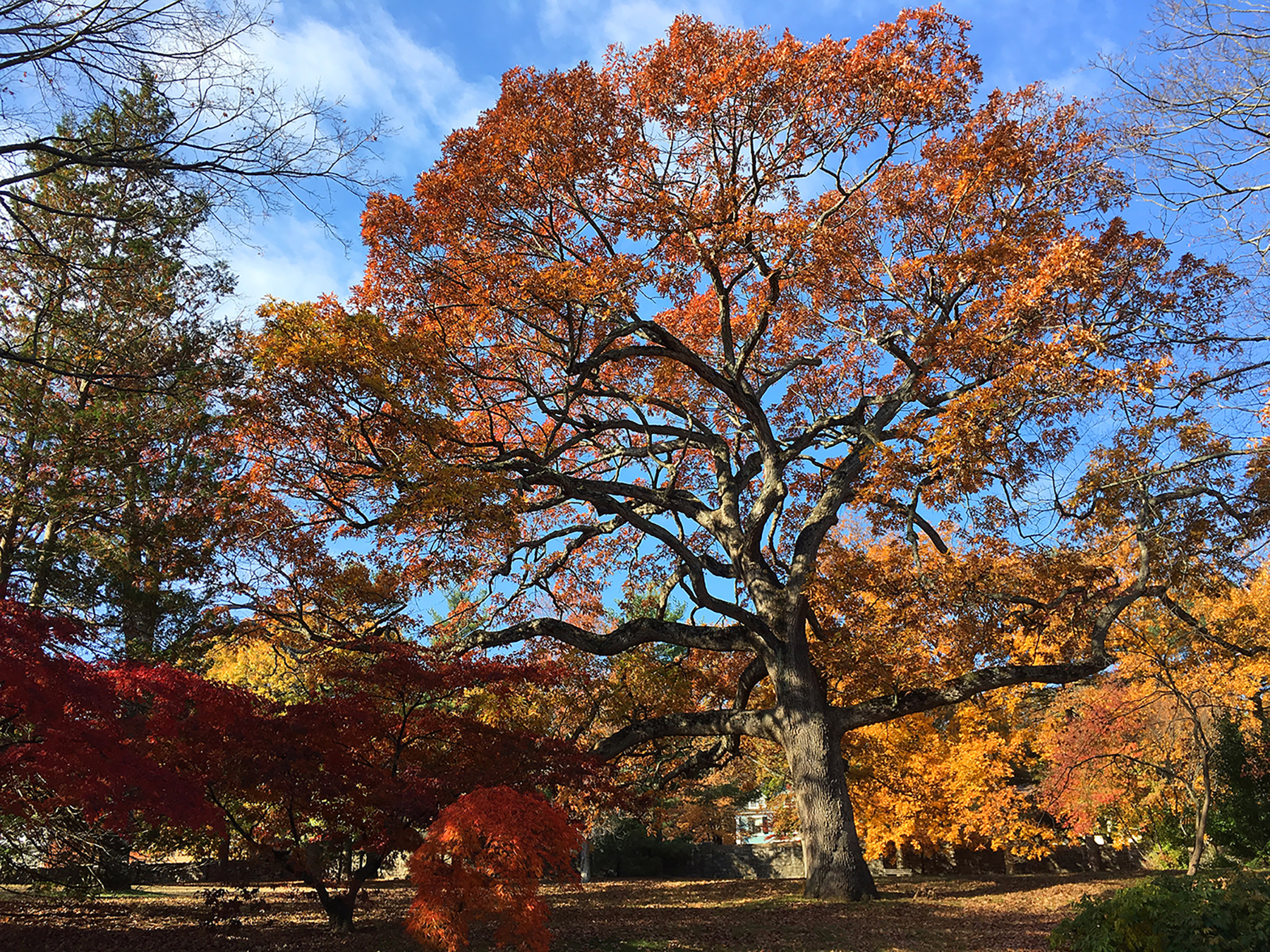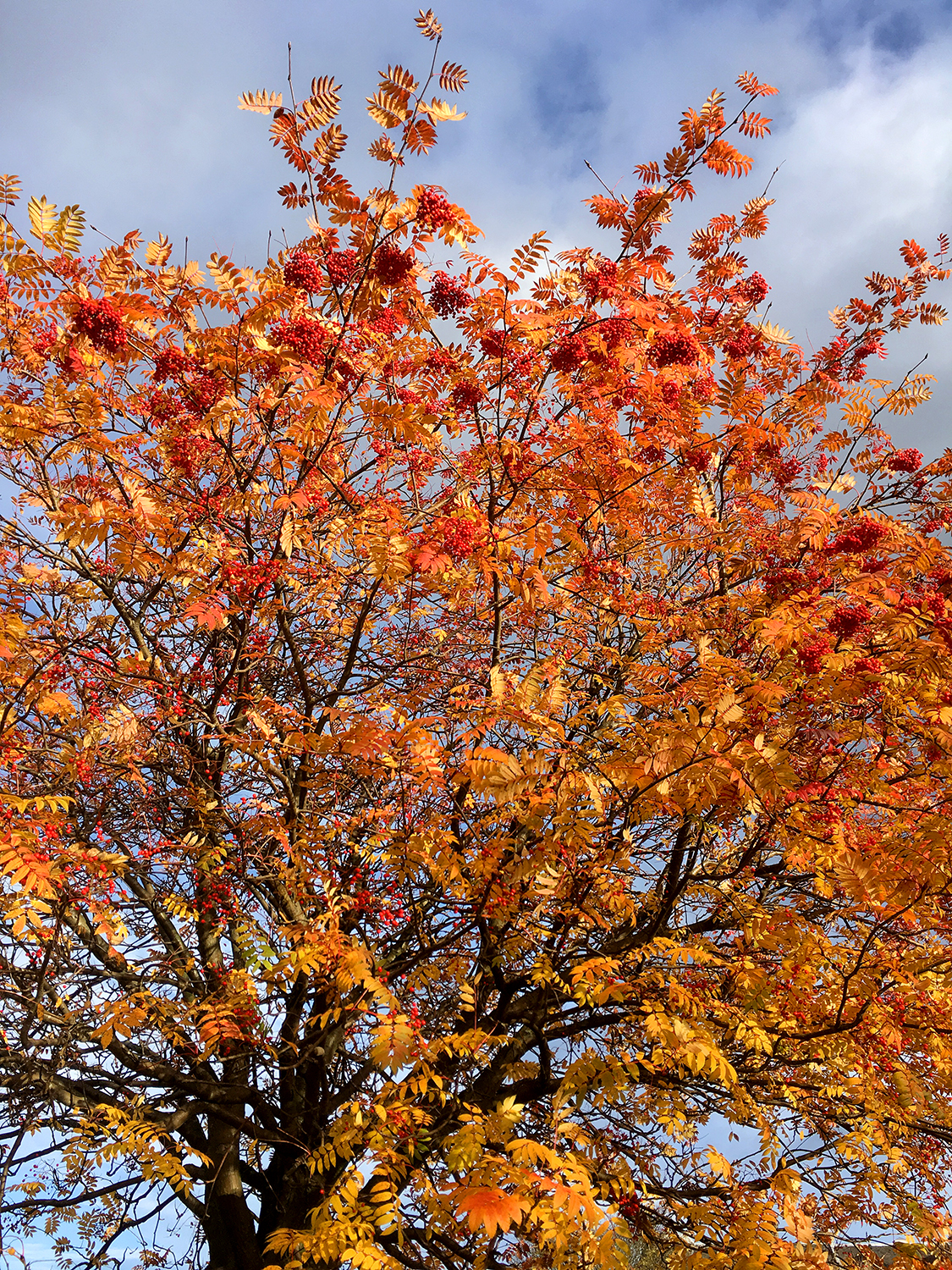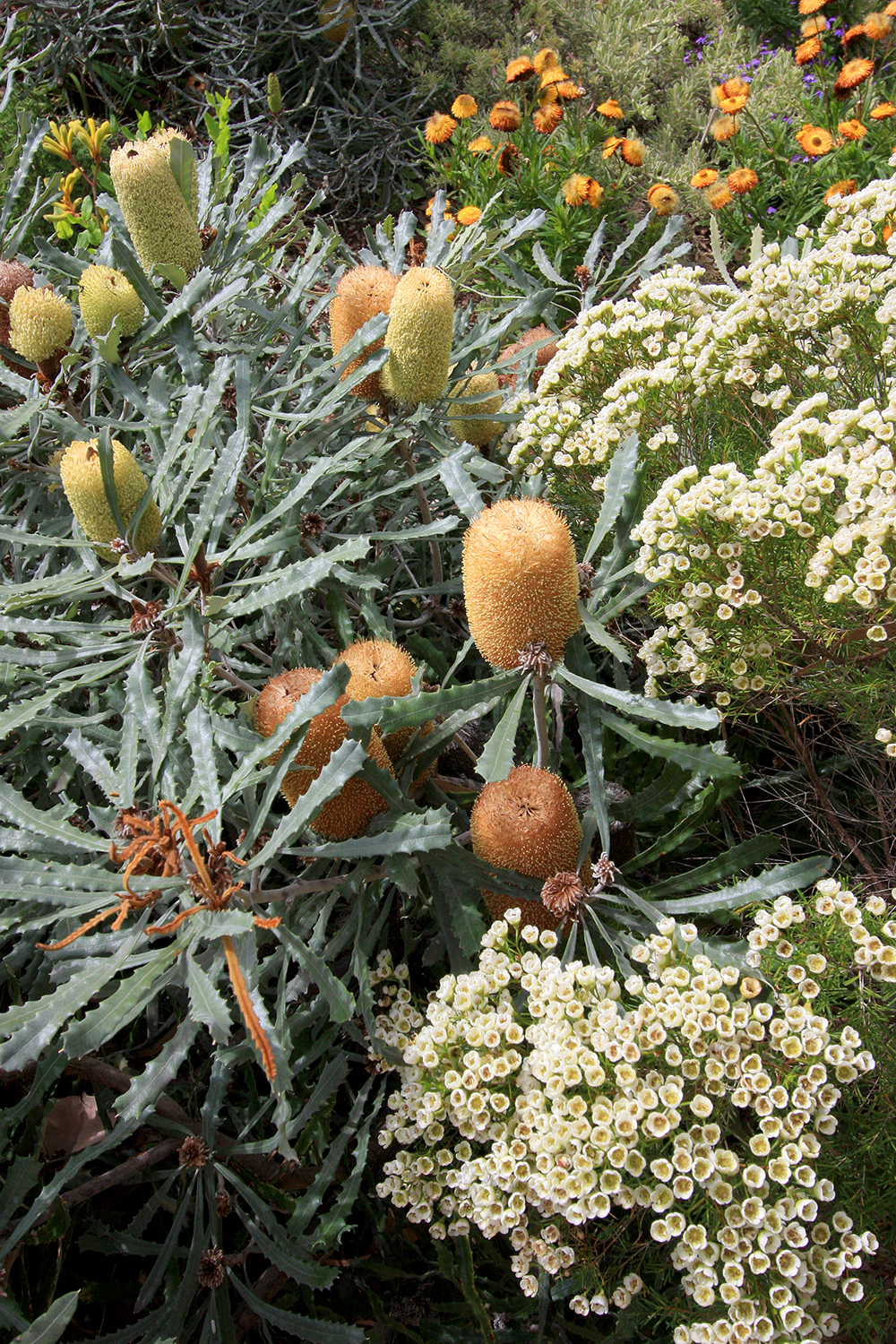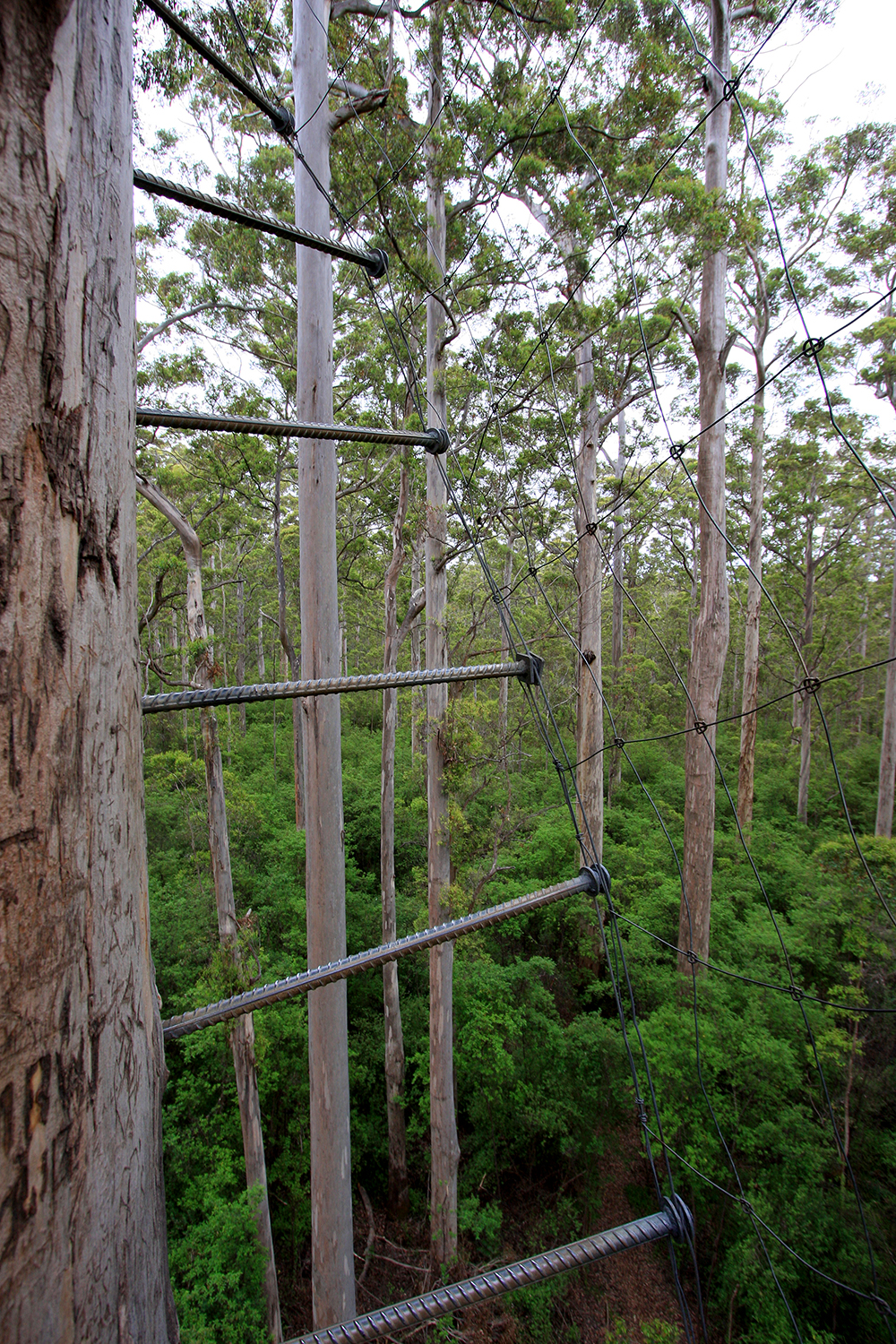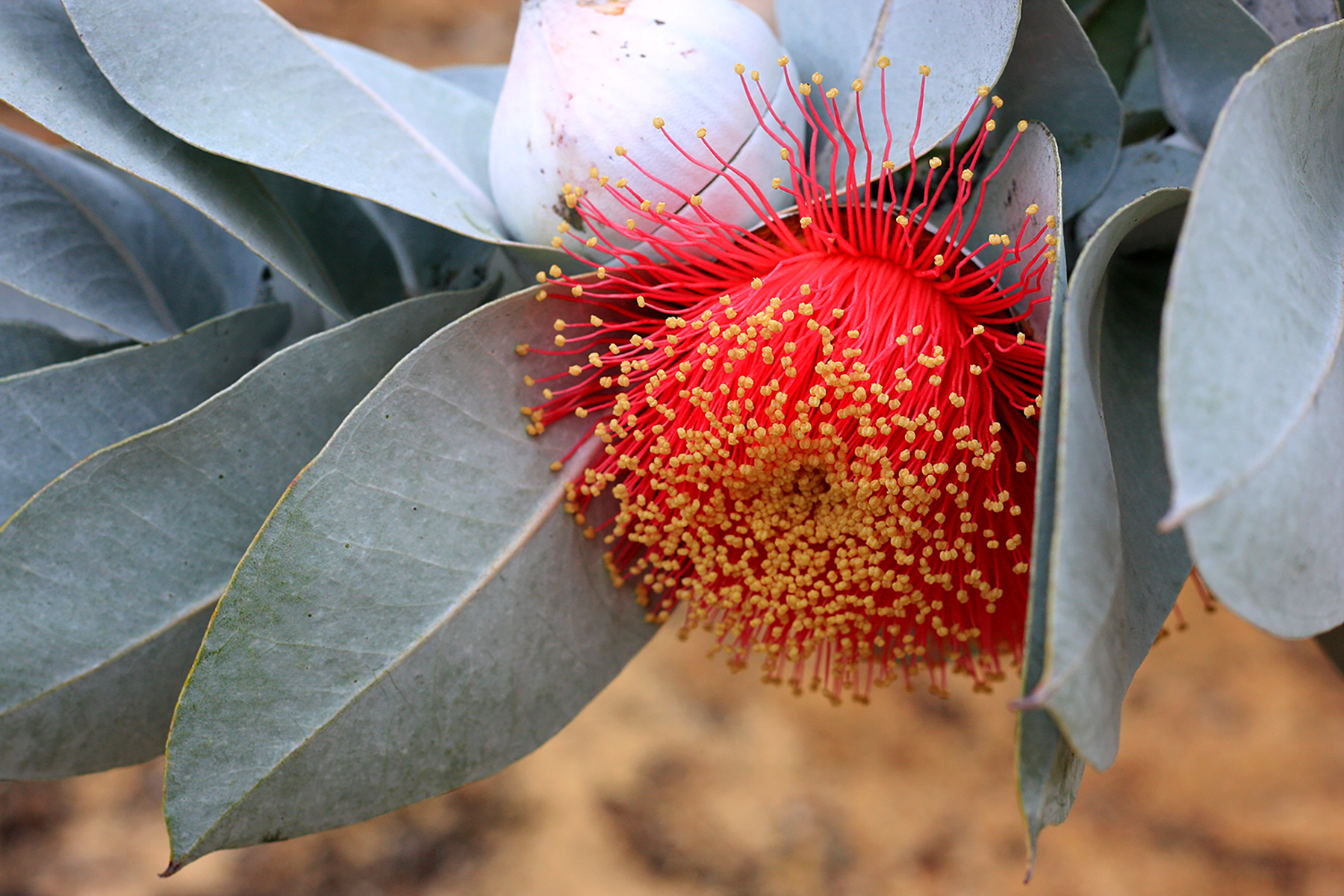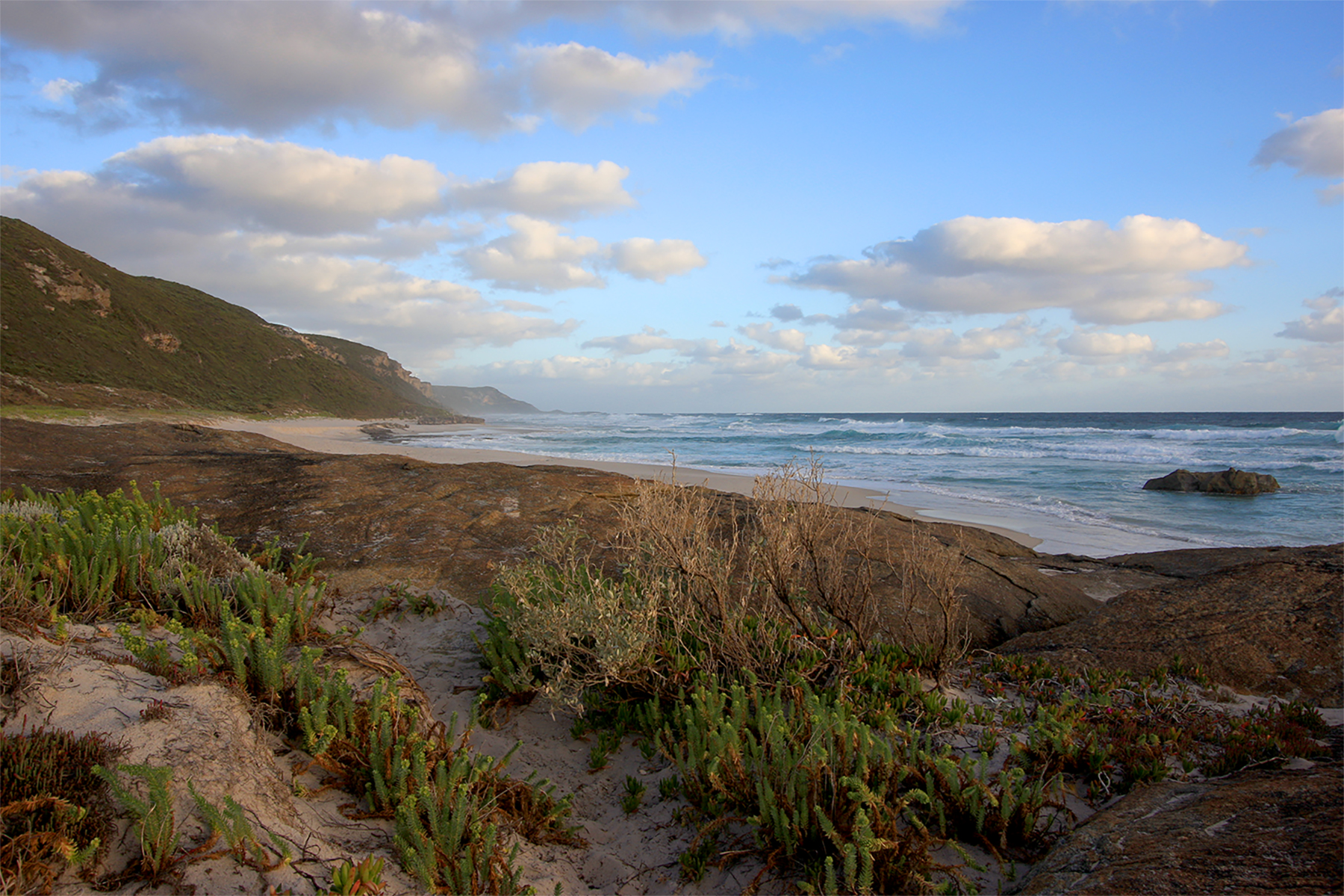I was on an after dinner walk down Princes Street, just below the castle, admiring the fallen cherry petals that were carpeting the garden with pink. I love ornamental cherries as they remind me of the five years I lived in Washington, D.C., where they famously circle the Tidal Basin.
This night, though, I was brought to a stop when I saw two very different blooms on one of the trees. "That ain't right!" was my first thought as I traced the branch back to the trunk to investigate.
Turns out I'd found a textbook example of a graft "failure" in this ornamental cherry (most likely Prunus serrulata 'Kwanzan').
Though it is not essential to their success, Kwazan cherries are sometimes grafted onto other cherry rootstock, as you can see in the photo above where there is a grafting scar right below the main branches at the top of the trunk. But notice there is a stout branch going off to the left, right below the graft union.
That branch belongs to the rootstock and is the source of our white-flowered blooms intermingling with the fluffy double pinks.
I also see a branch scar right below this branch, suggesting that at some point someone noticed the rootstock was trying to take over the graft and pruned it out. But in testament to the vigor of most roostocks, this one shot out another branch, which you can see blooming today. I know it's technically a horticultural "mistake," but I can't help but admire the tenacity of this rootstock and the delightful combination of two very different blooms on one tree. It makes me think about the many years of human cultivation, selection, and breeding that took a cherry like this white, more wild-flowered type and turned it into a confection named 'Kwanzan.'




